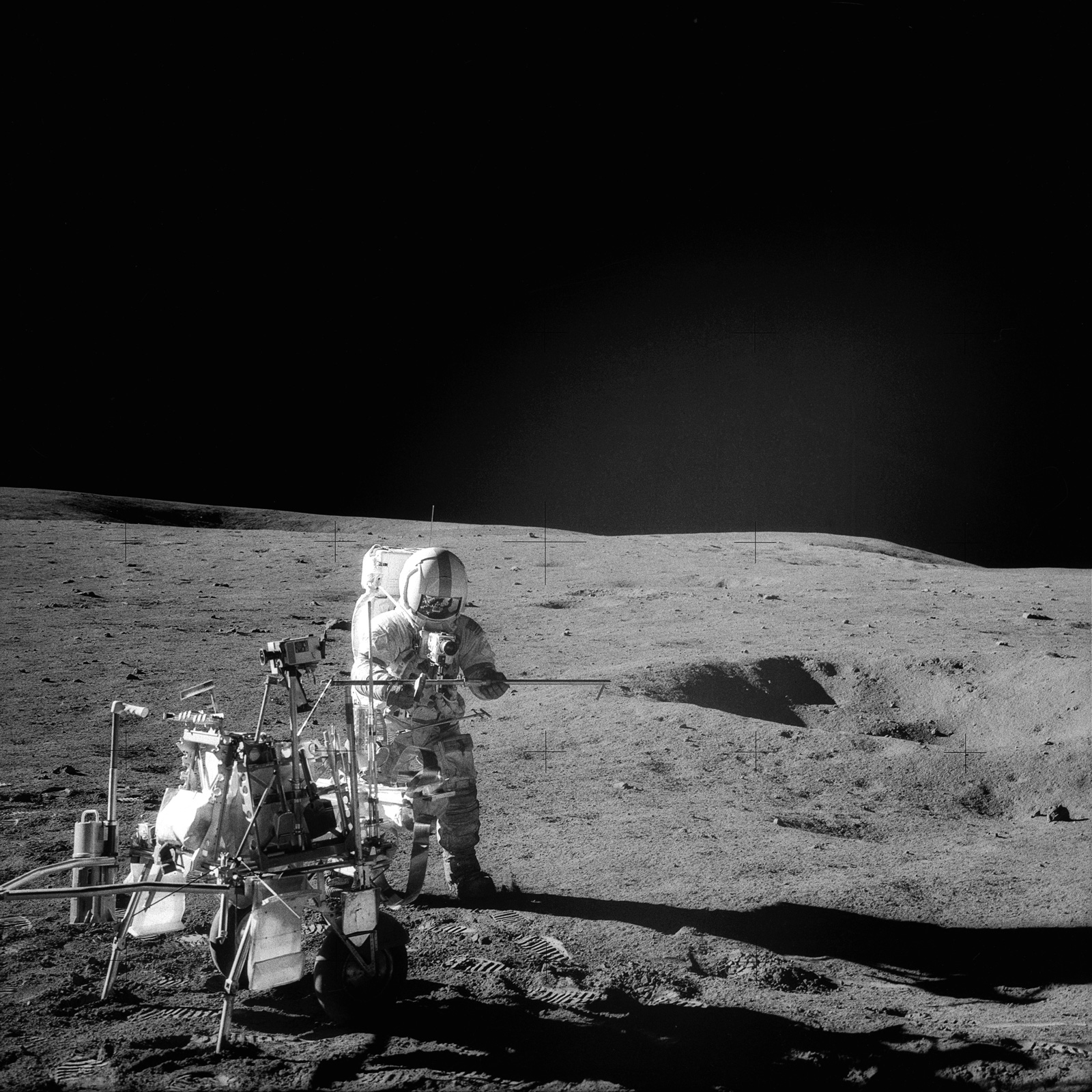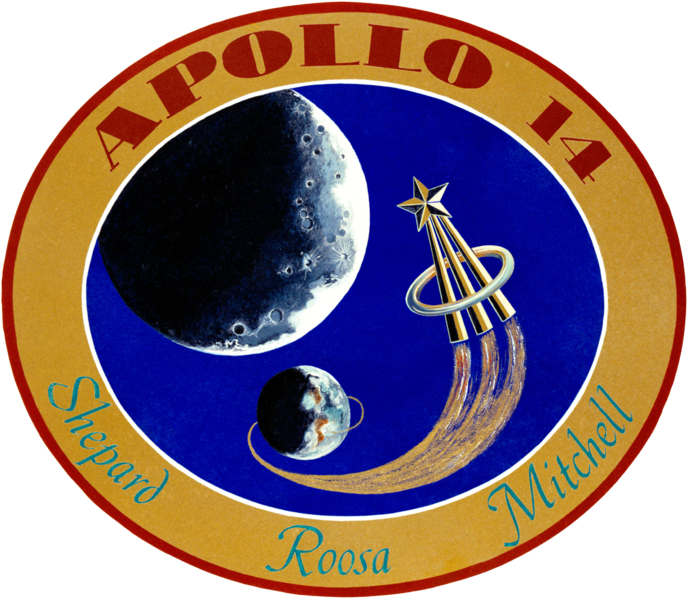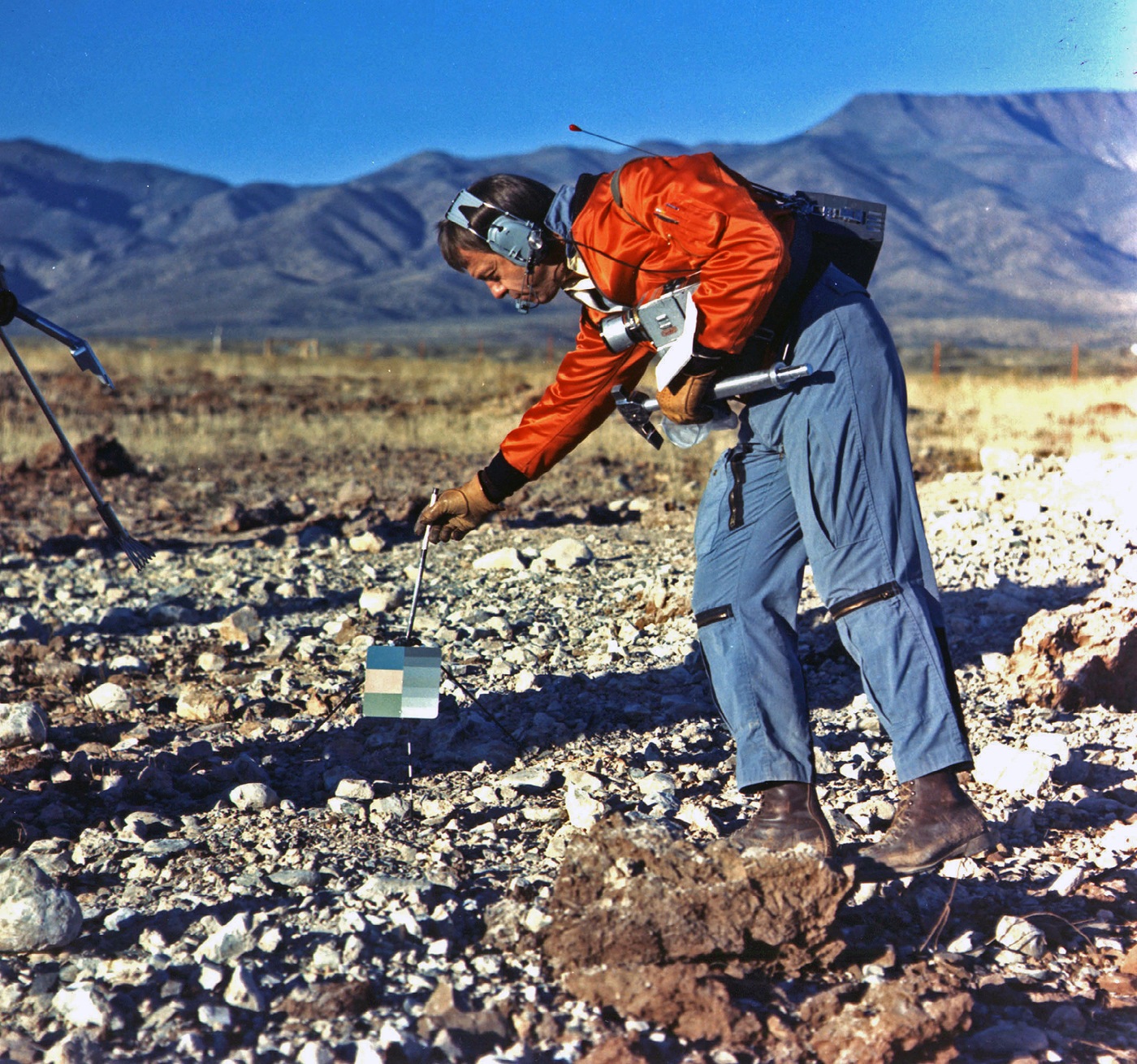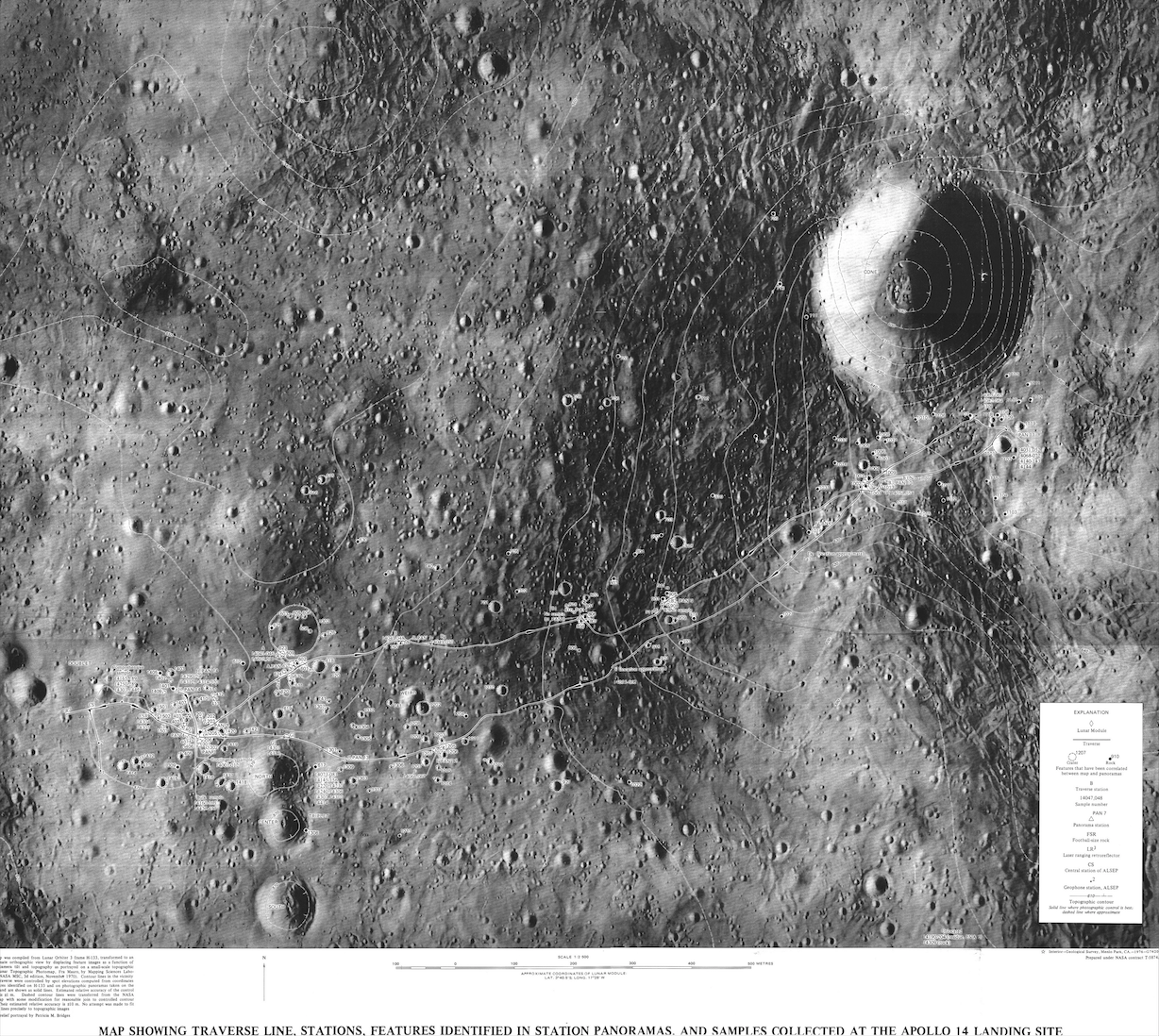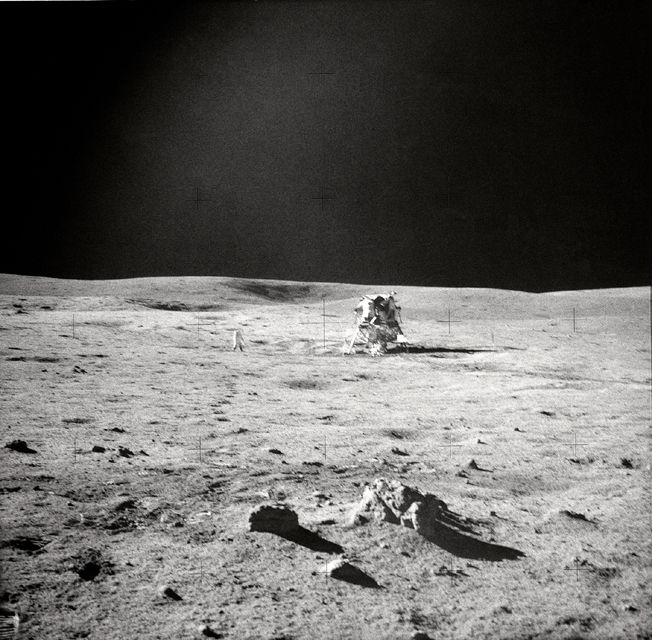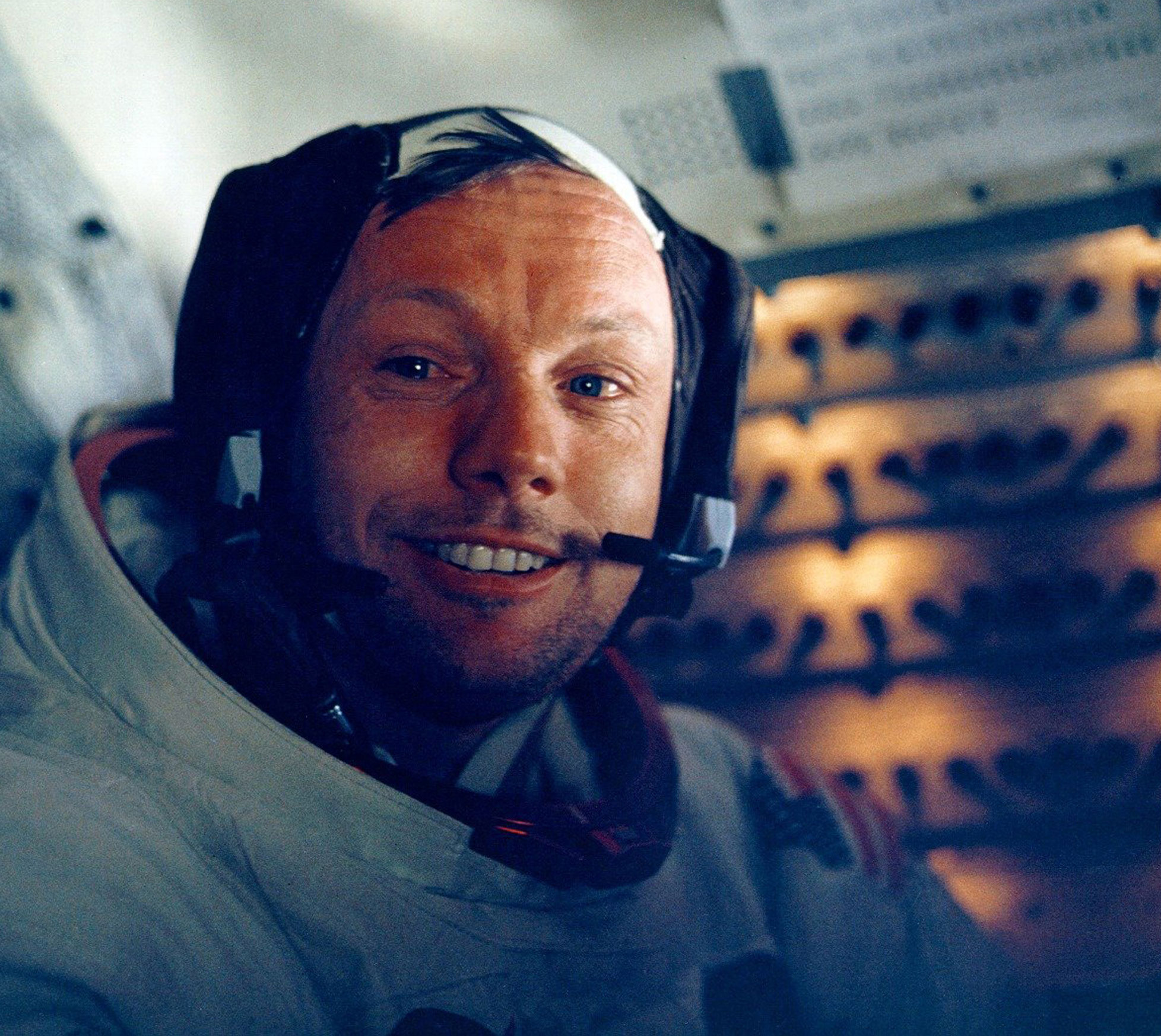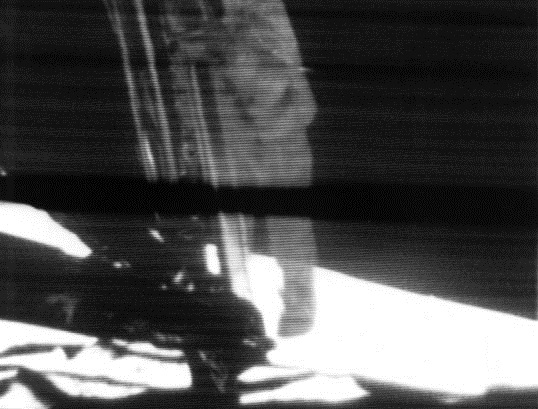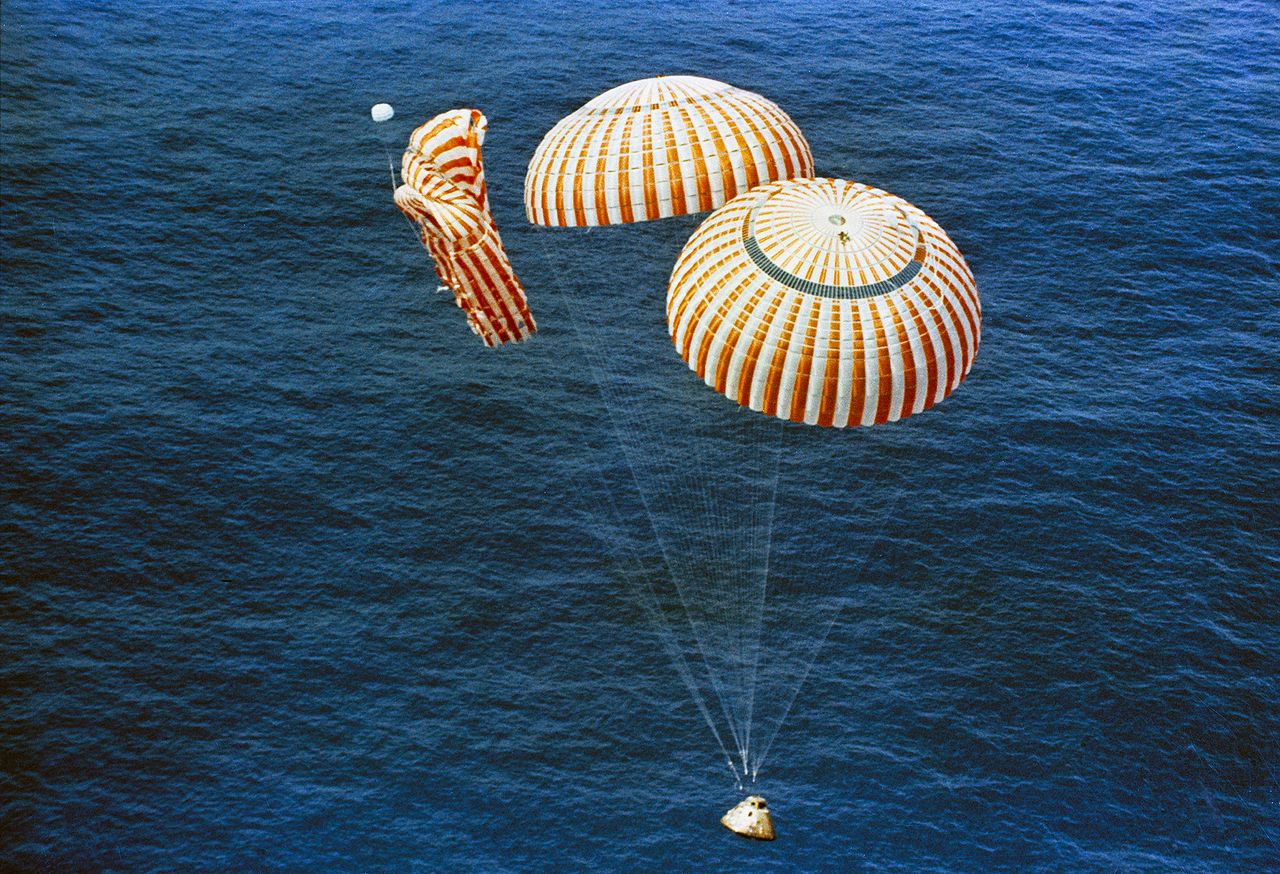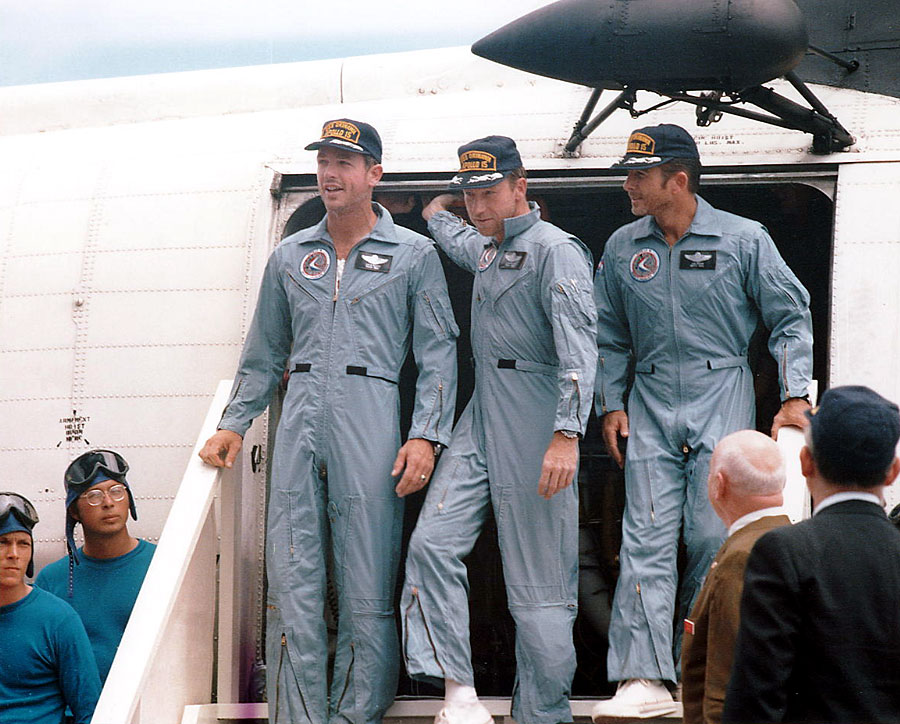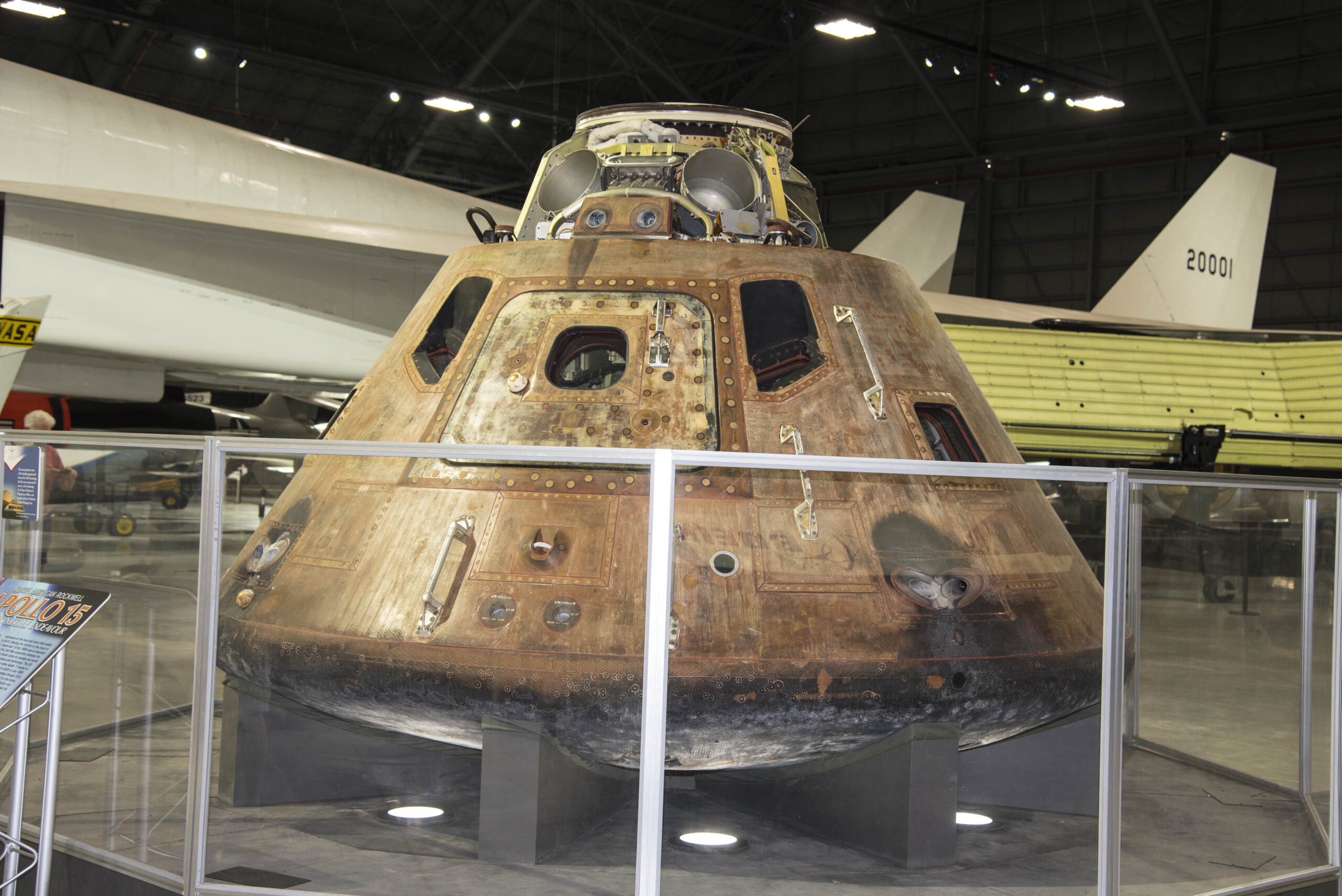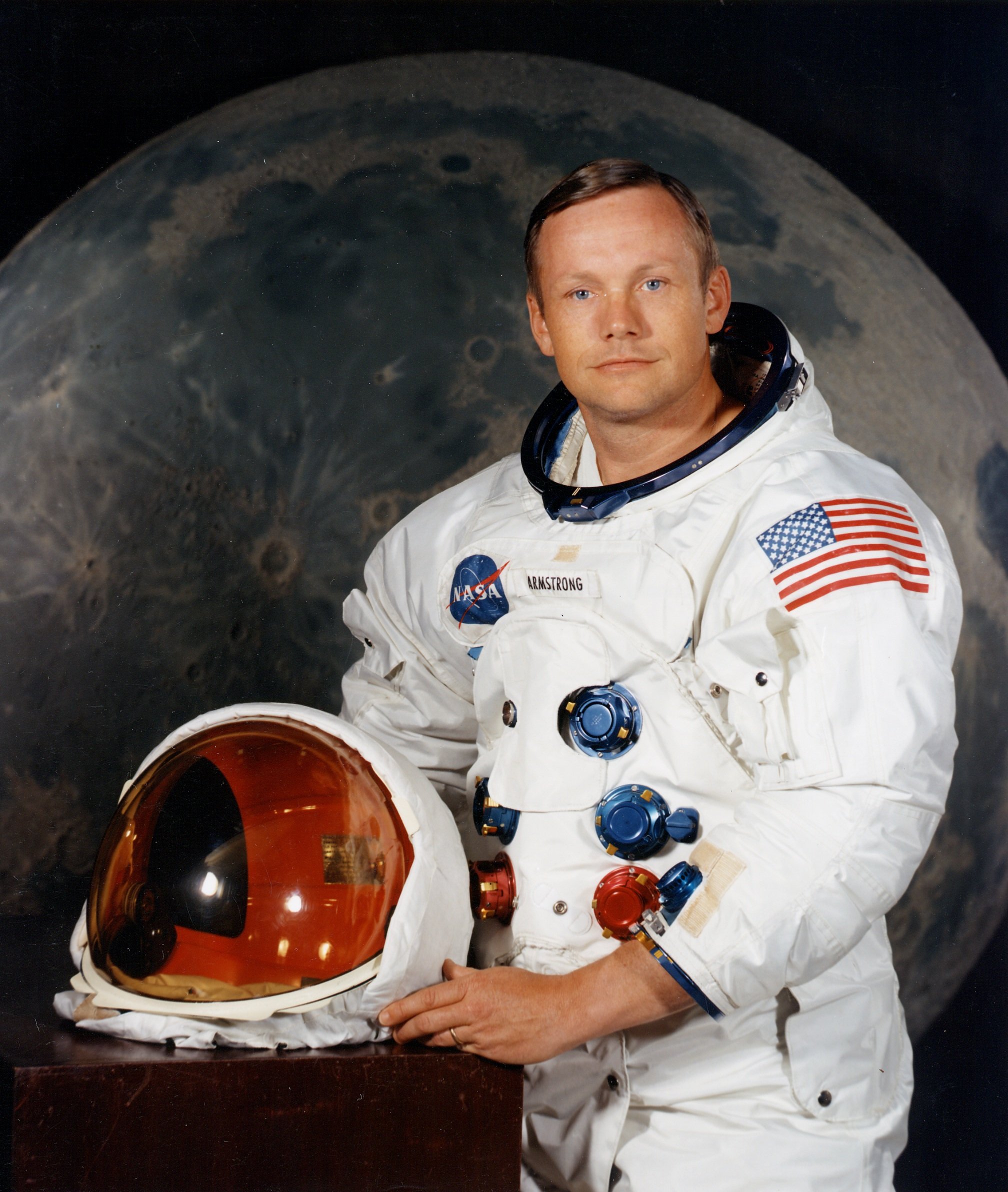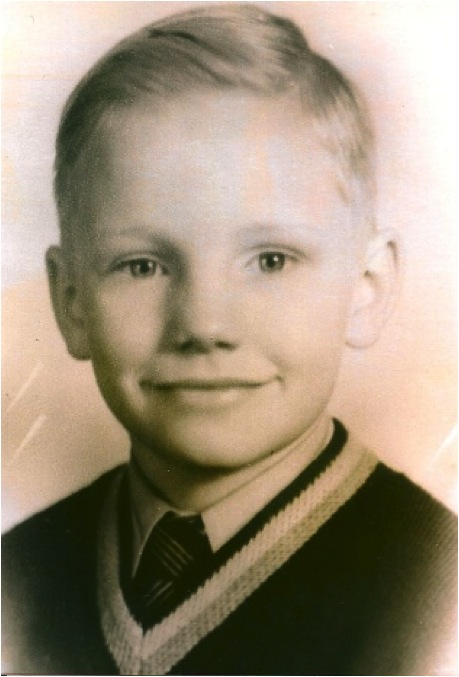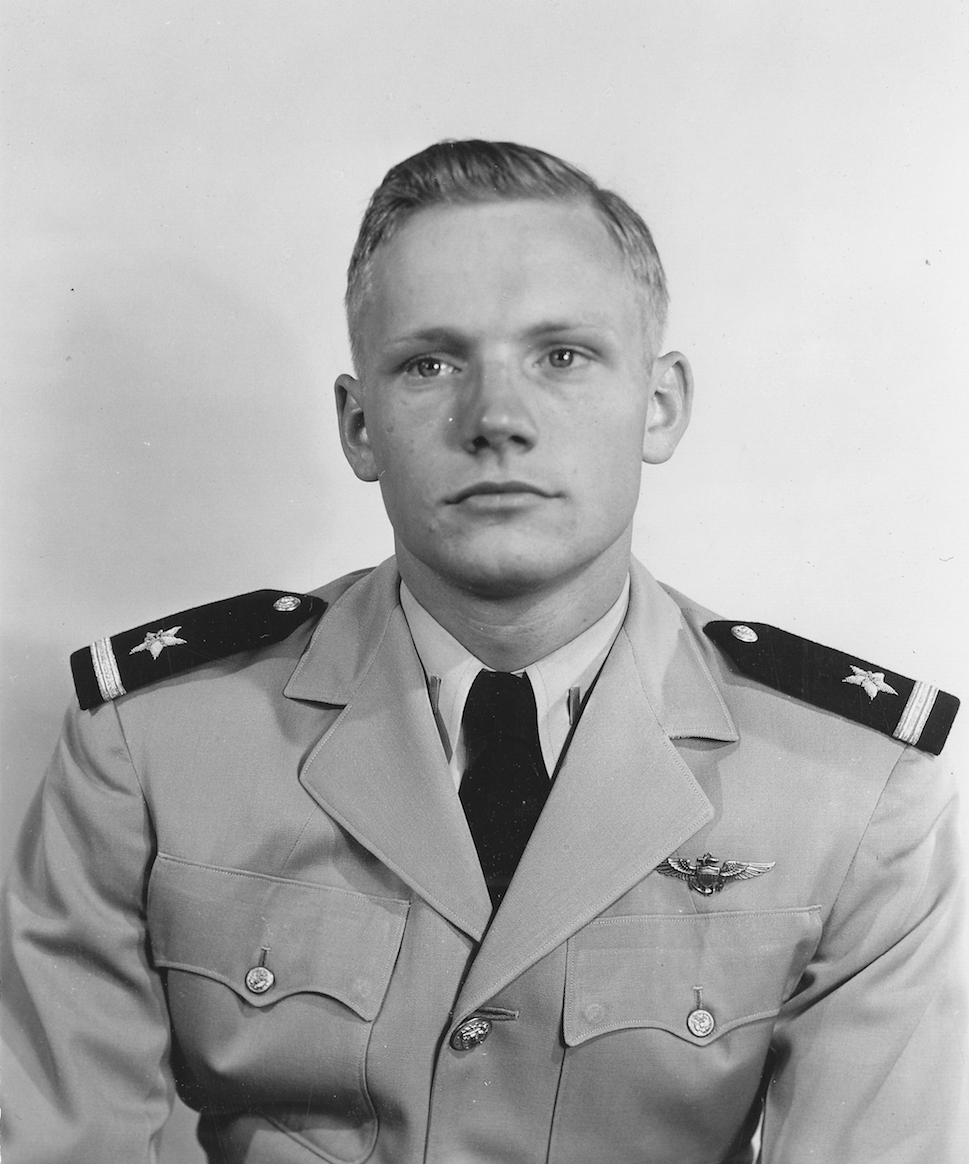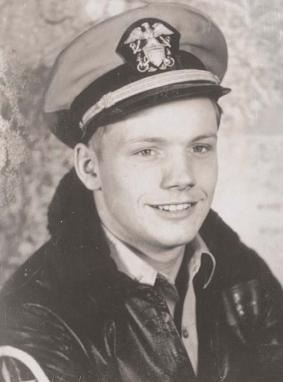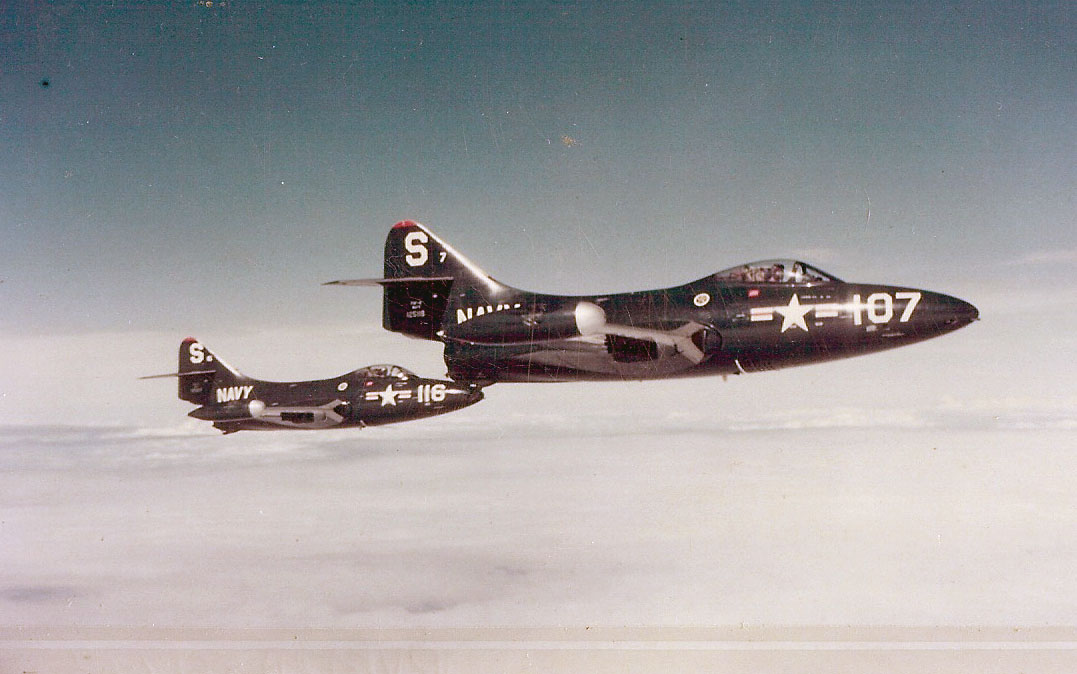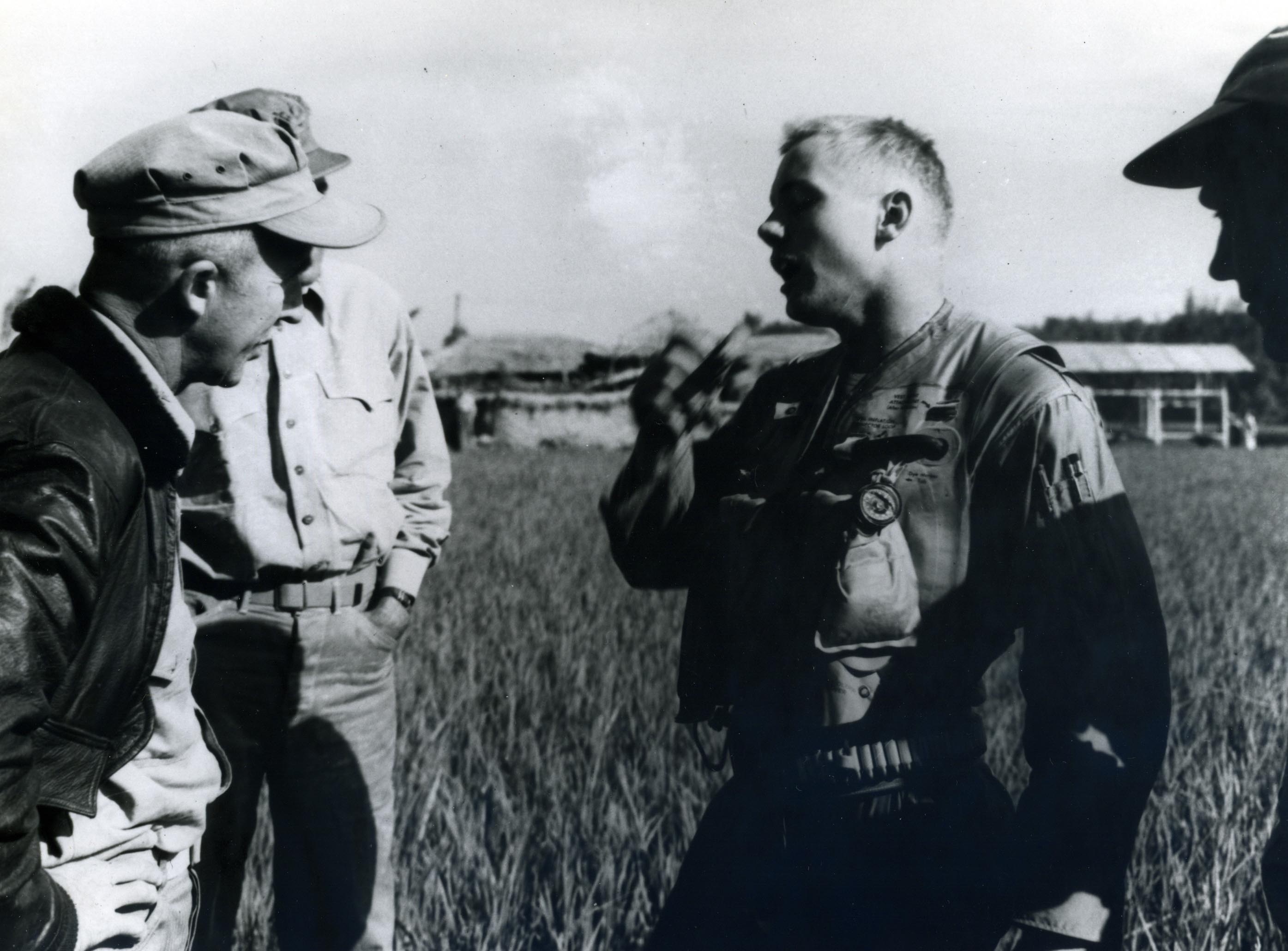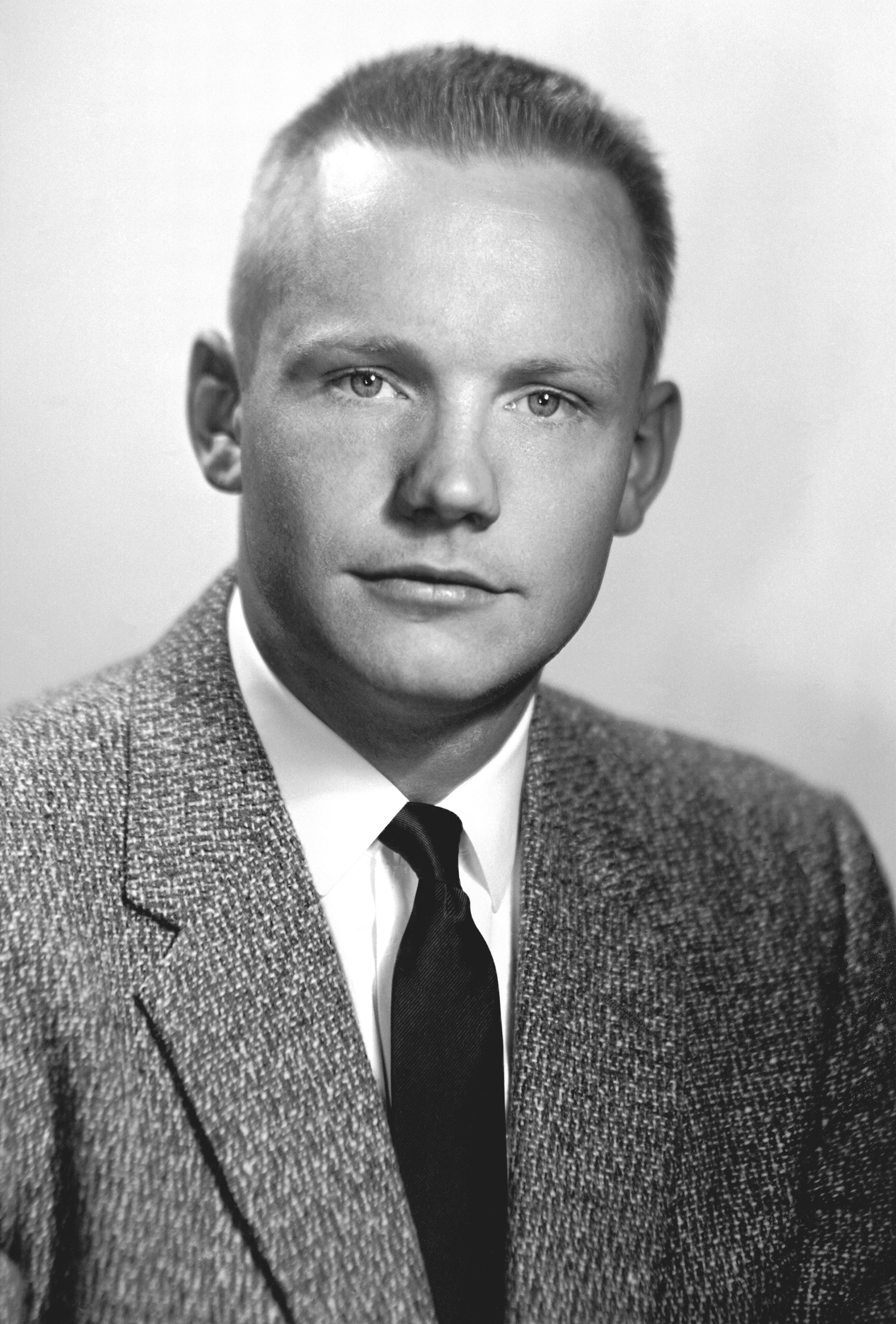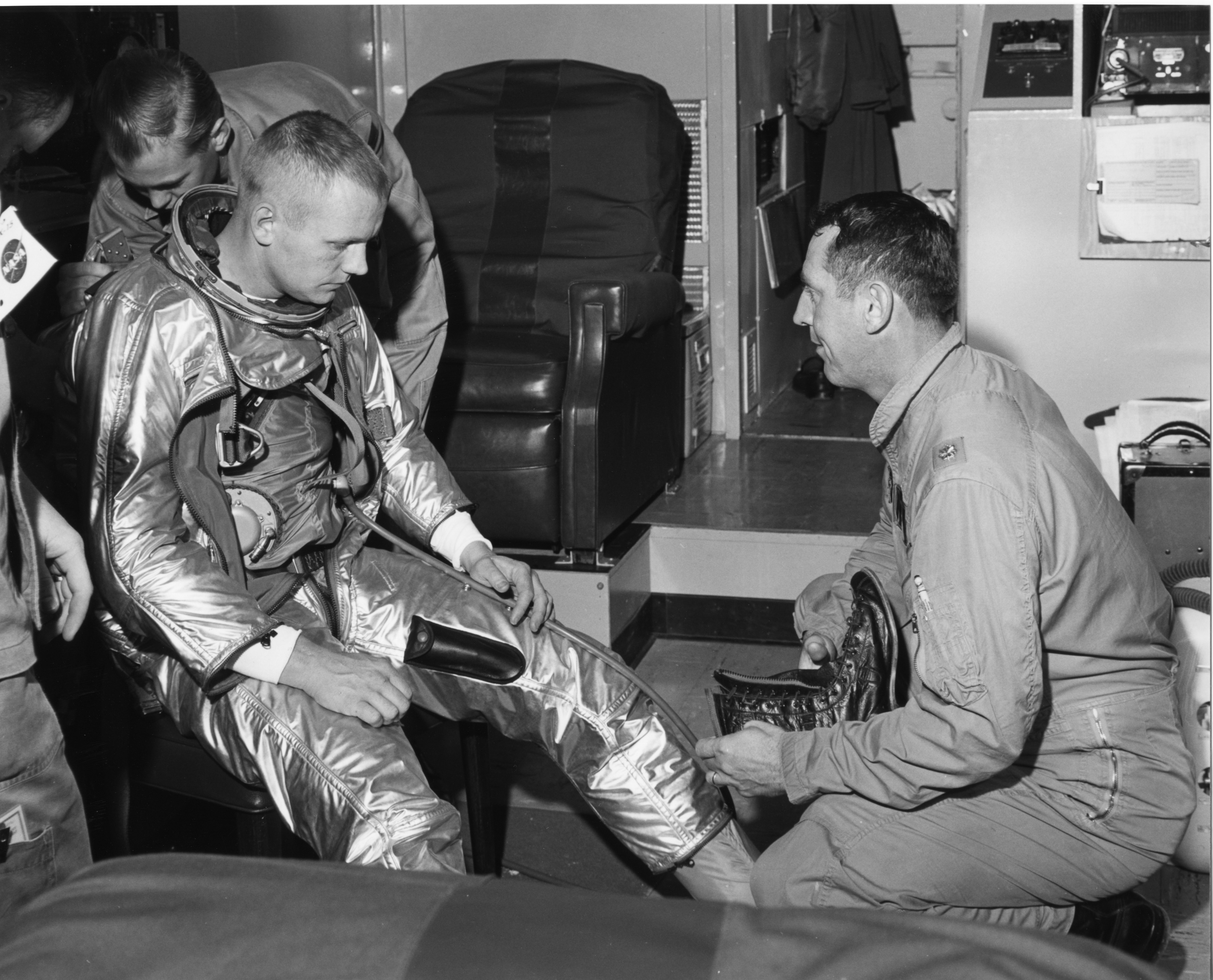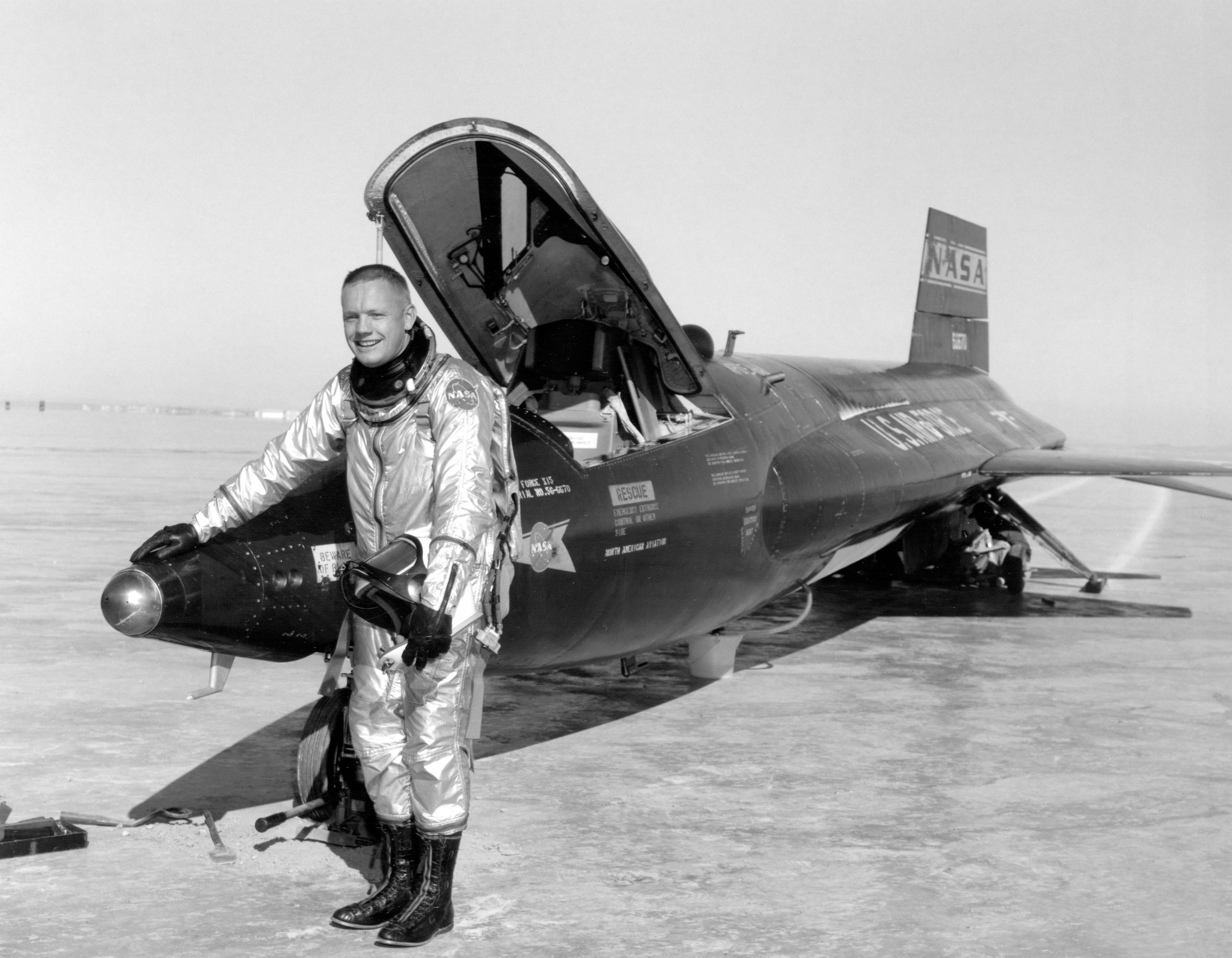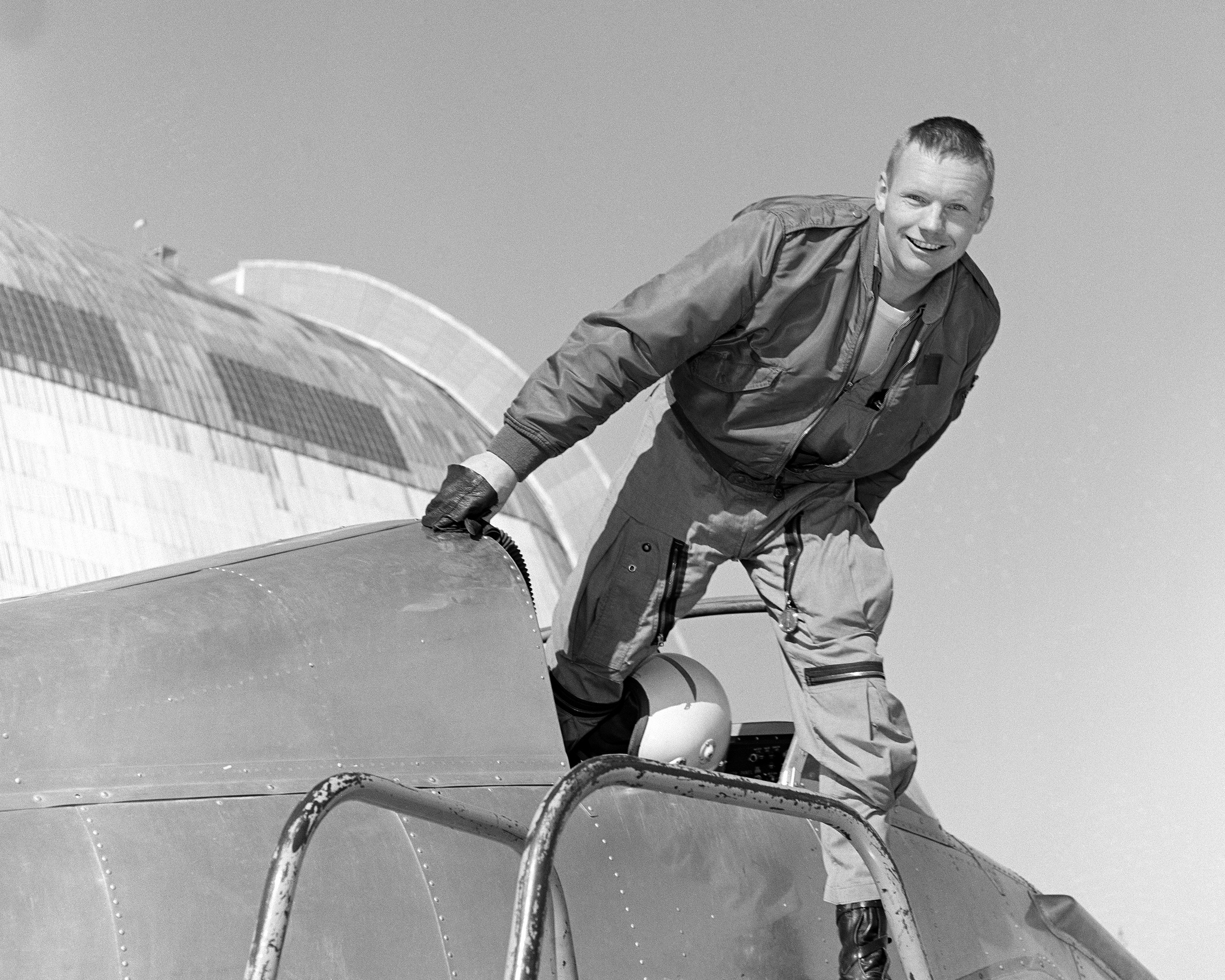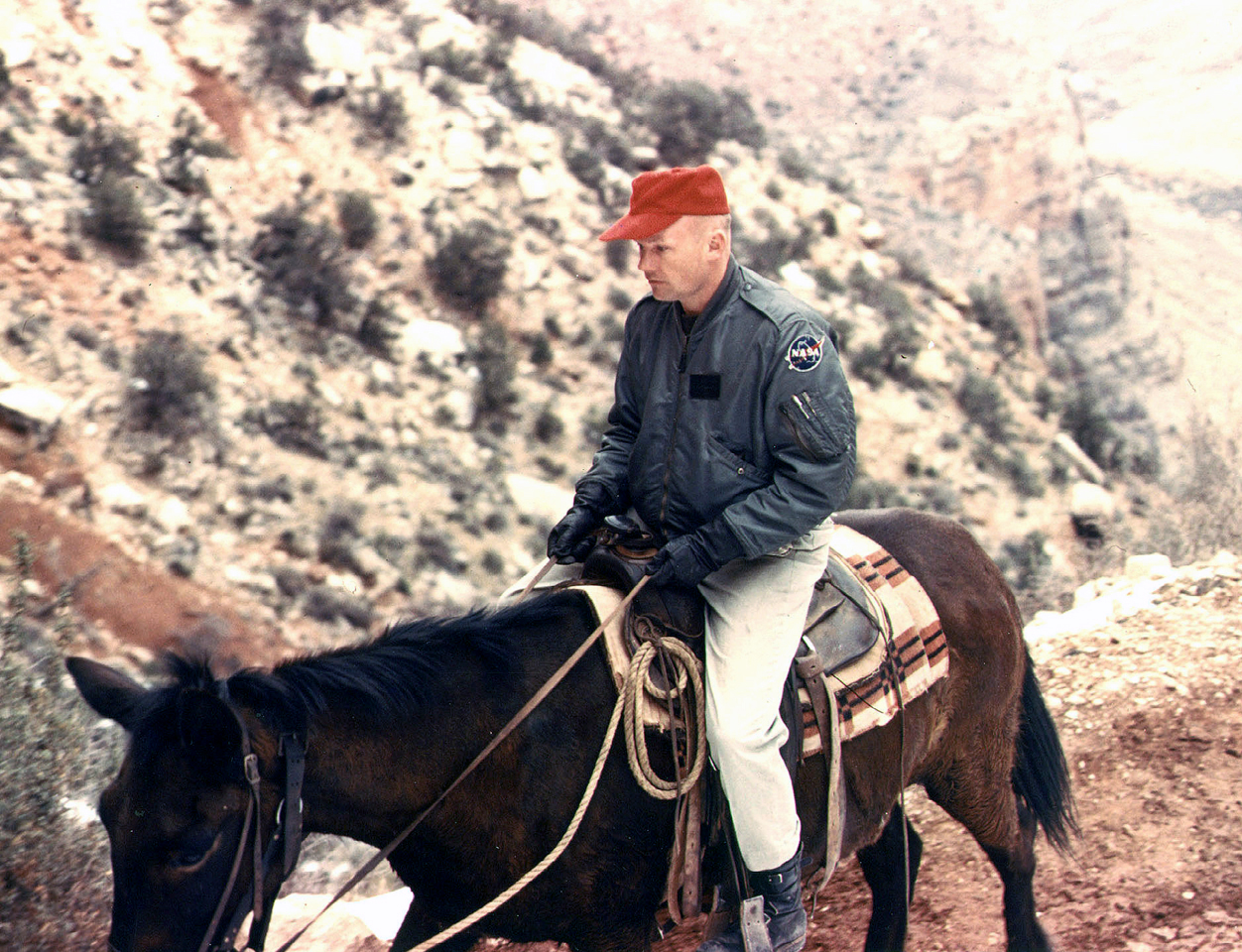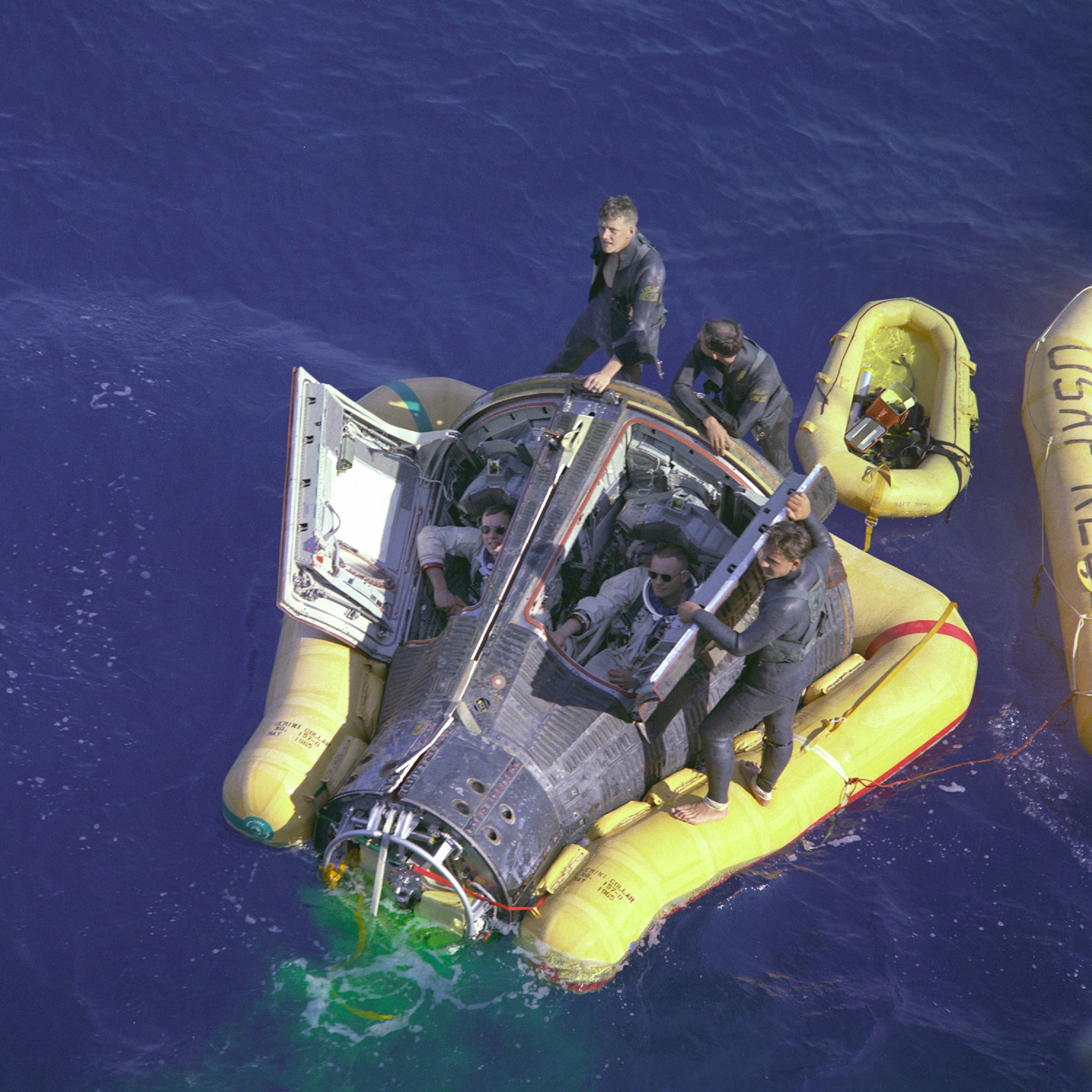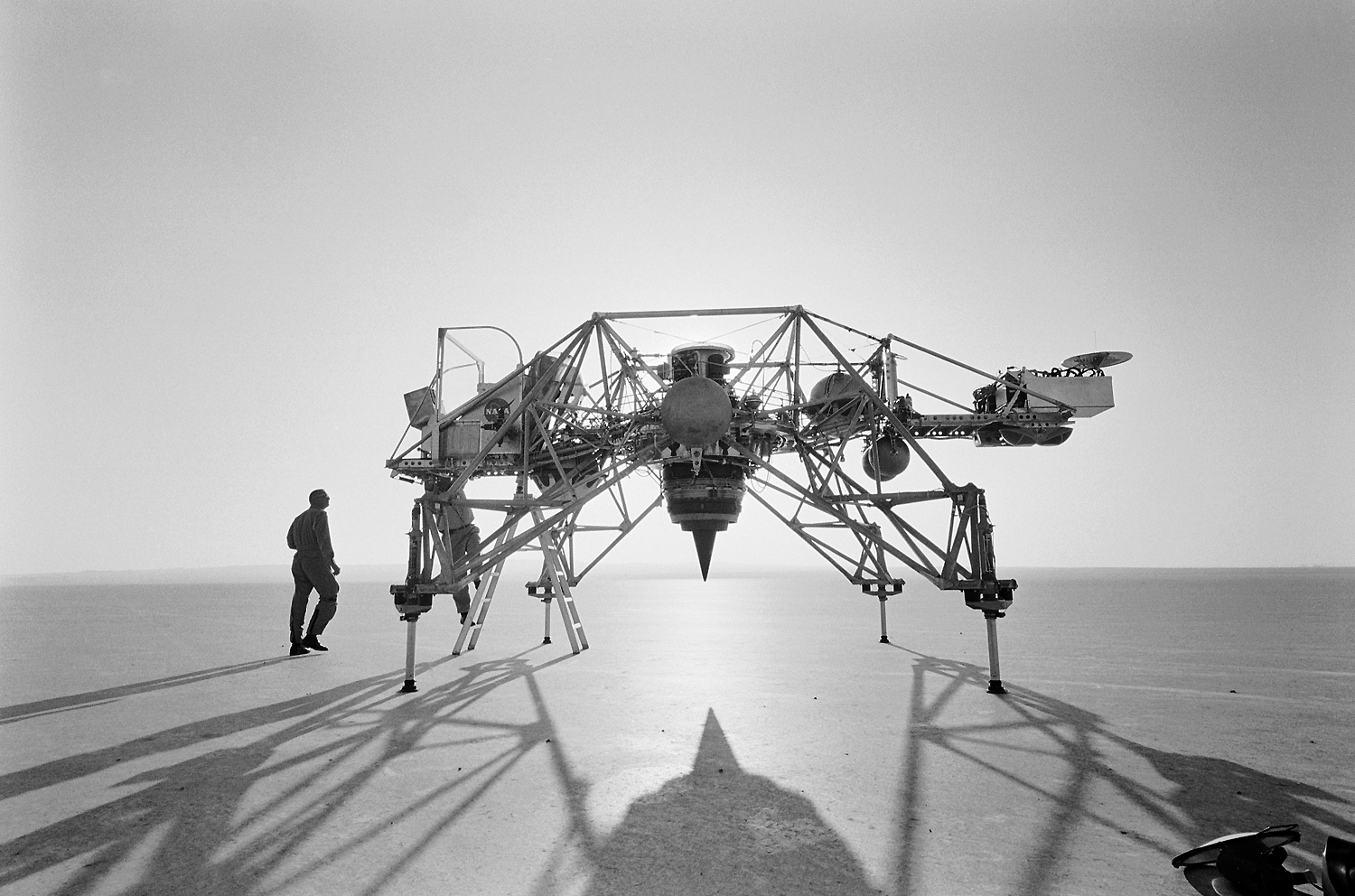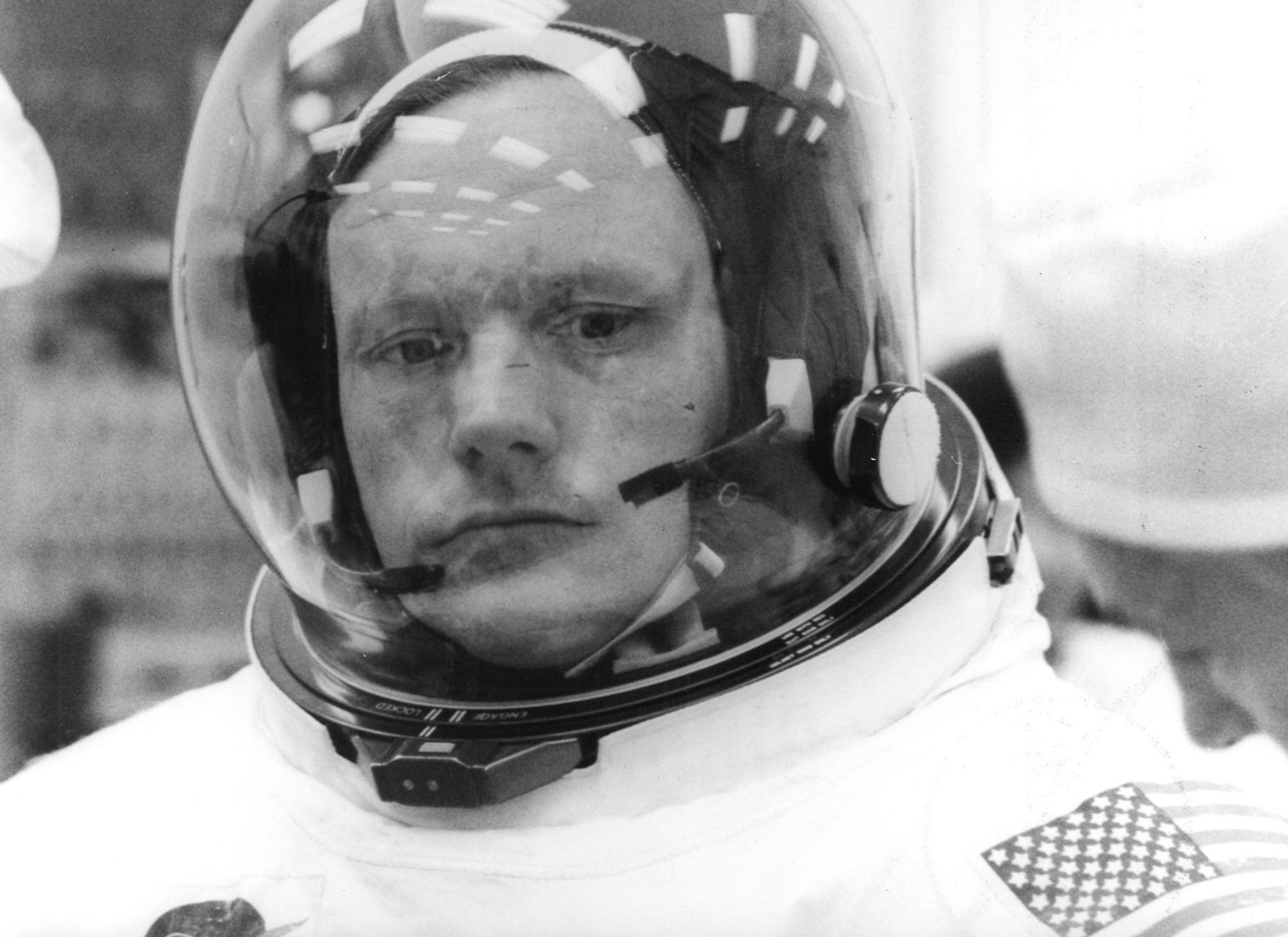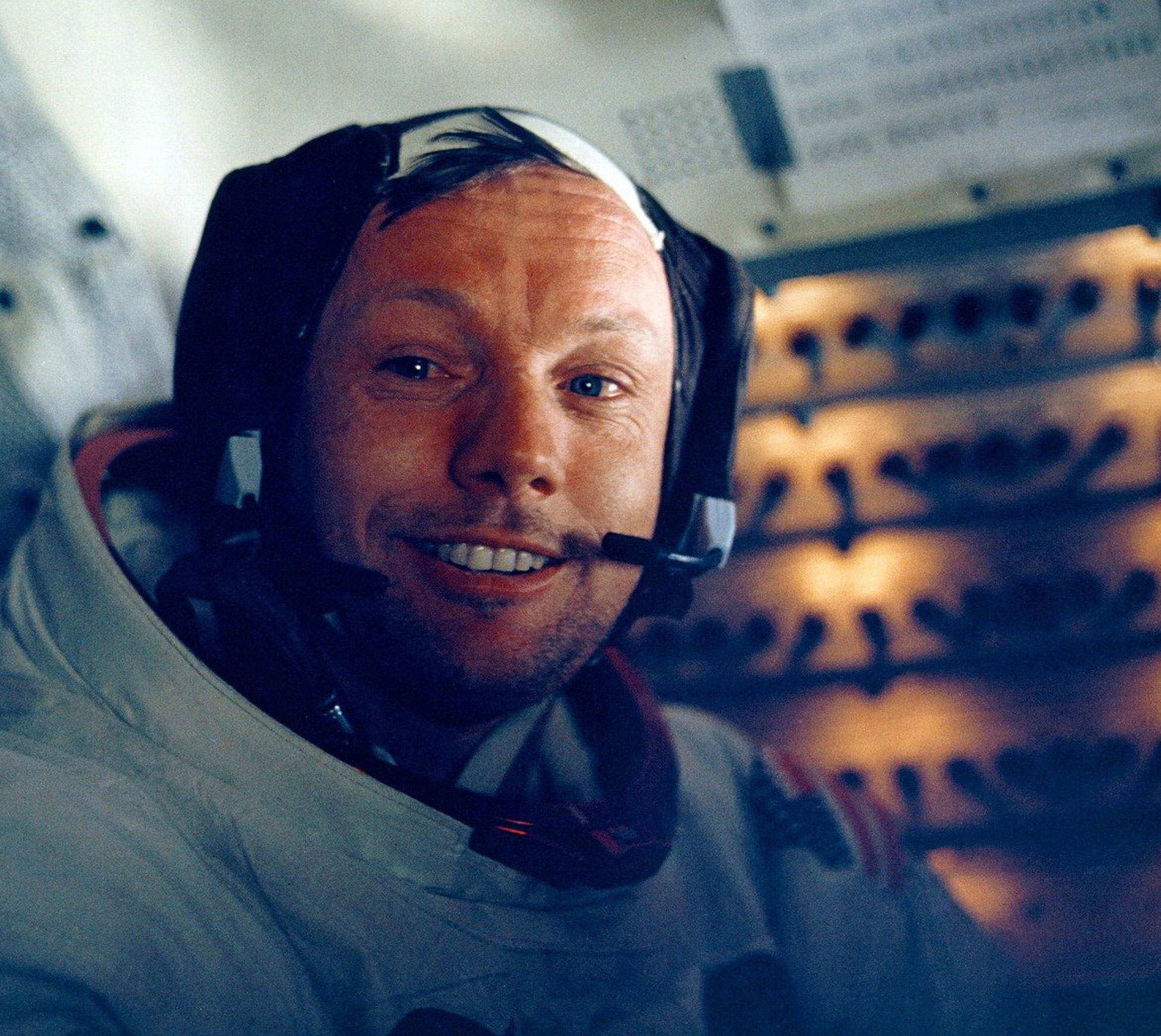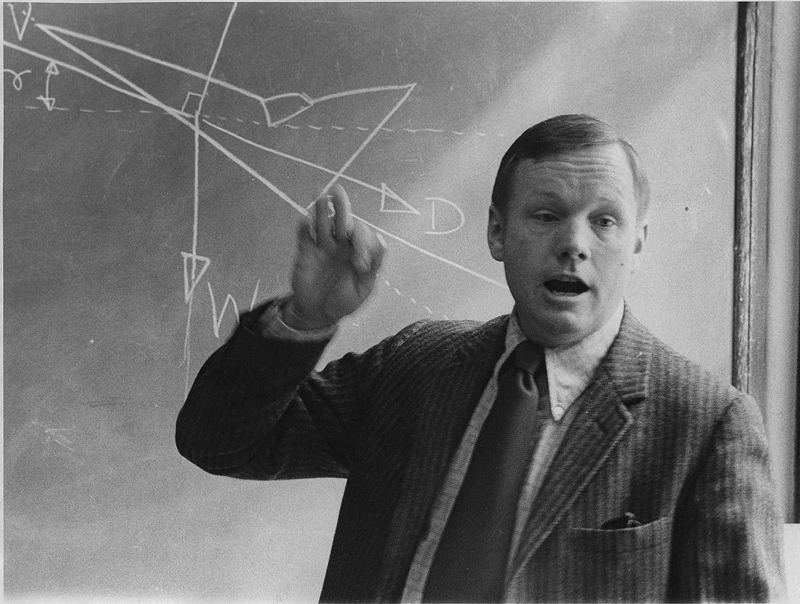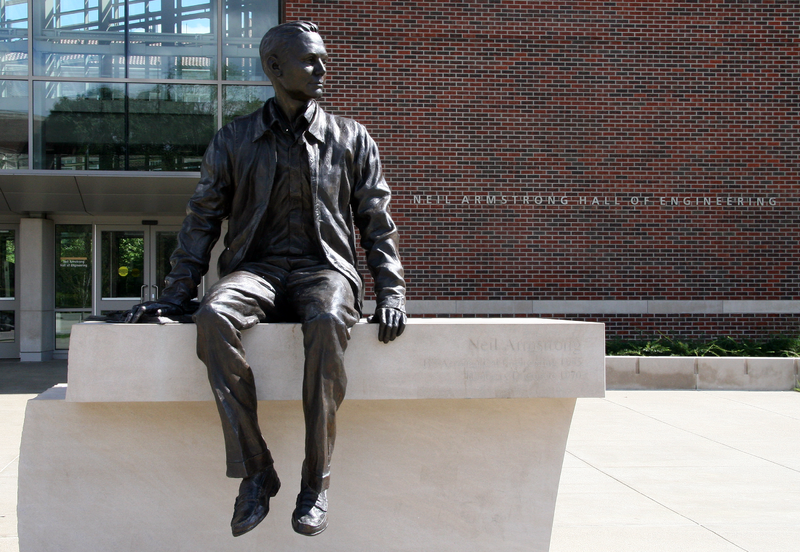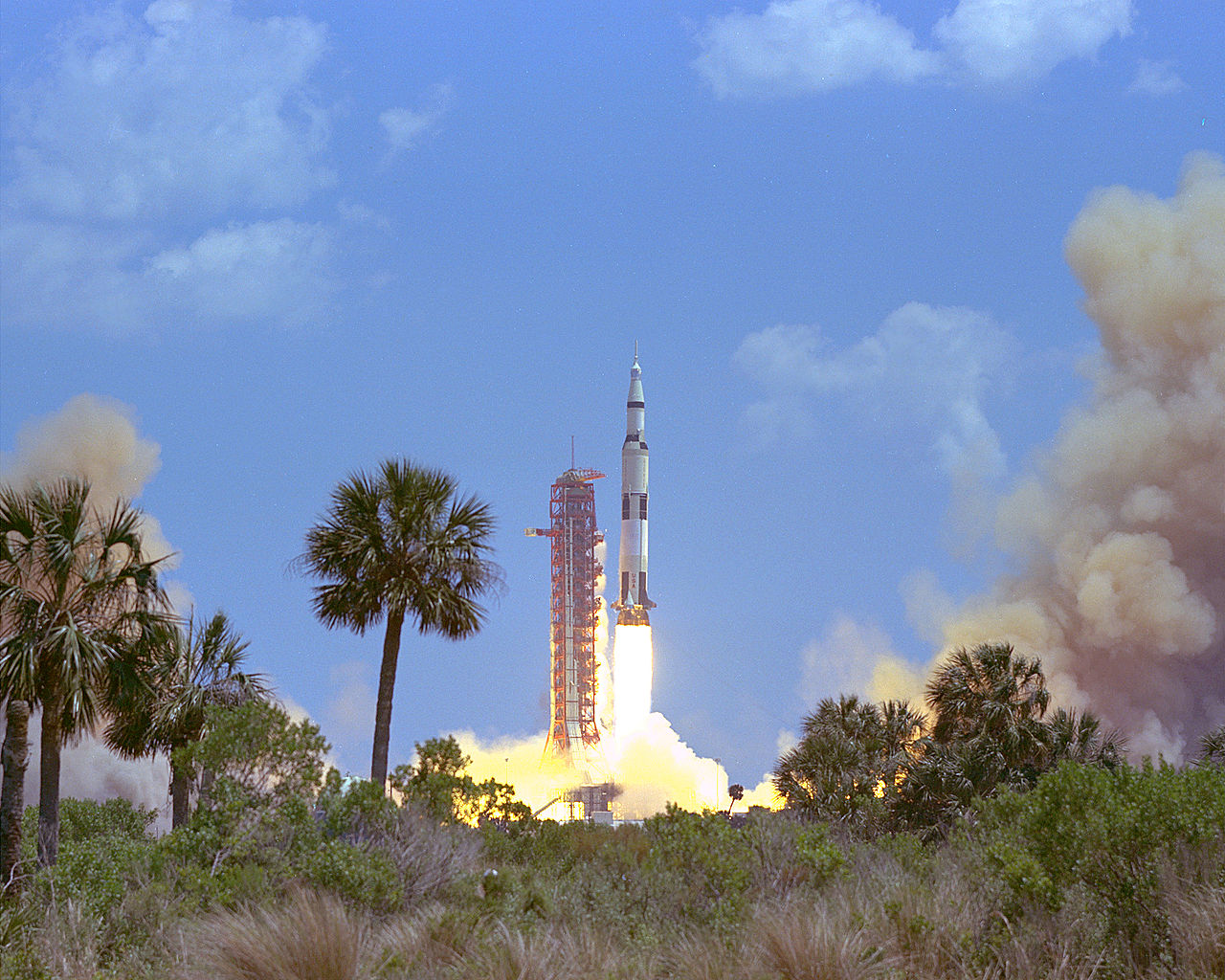
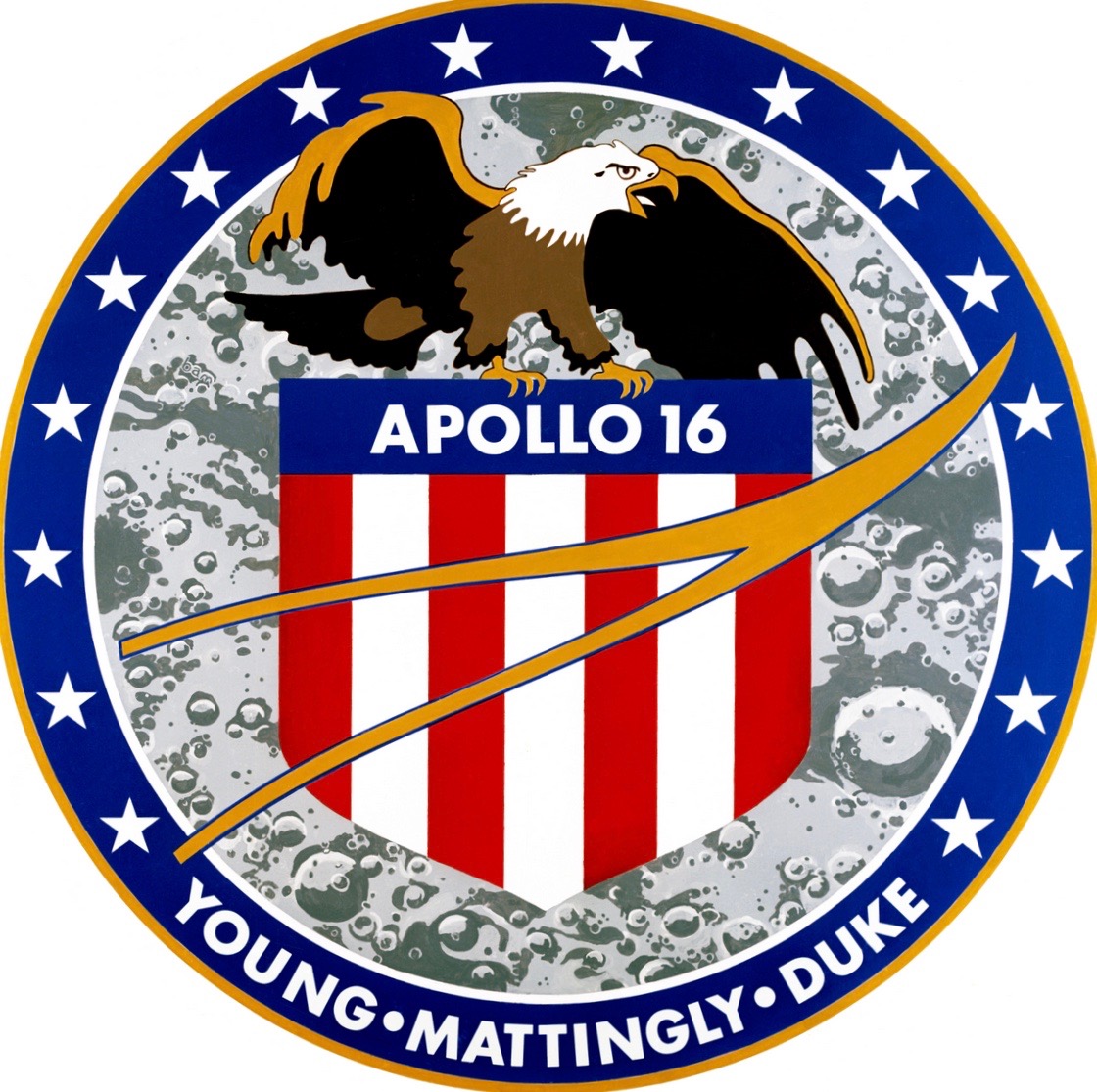 16 April 1972: At 17:54:00 UTC (12:54 p.m., Eastern Standard Time), Apollo 16 was launched from Launch Complex 39A at the Kennedy Space Center, Cape Canaveral, Florida. Aboard were Captain John Watts Young, United States Navy, the Mission Commander, on his fourth space flight; Lieutenant Commander Thomas Kenneth Mattingly II, U.S. Navy, Command Module Pilot, who had been scheduled for the Apollo 13 mission; and Lieutenant Colonel Charles Moss Duke, Jr., U.S. Air Force, Lunar Module Pilot. Apollo 16 was the tenth manned Apollo mission, and the fifth to land on The Moon. The landing site was in the Descartes Highlands.
16 April 1972: At 17:54:00 UTC (12:54 p.m., Eastern Standard Time), Apollo 16 was launched from Launch Complex 39A at the Kennedy Space Center, Cape Canaveral, Florida. Aboard were Captain John Watts Young, United States Navy, the Mission Commander, on his fourth space flight; Lieutenant Commander Thomas Kenneth Mattingly II, U.S. Navy, Command Module Pilot, who had been scheduled for the Apollo 13 mission; and Lieutenant Colonel Charles Moss Duke, Jr., U.S. Air Force, Lunar Module Pilot. Apollo 16 was the tenth manned Apollo mission, and the fifth to land on The Moon. The landing site was in the Descartes Highlands.
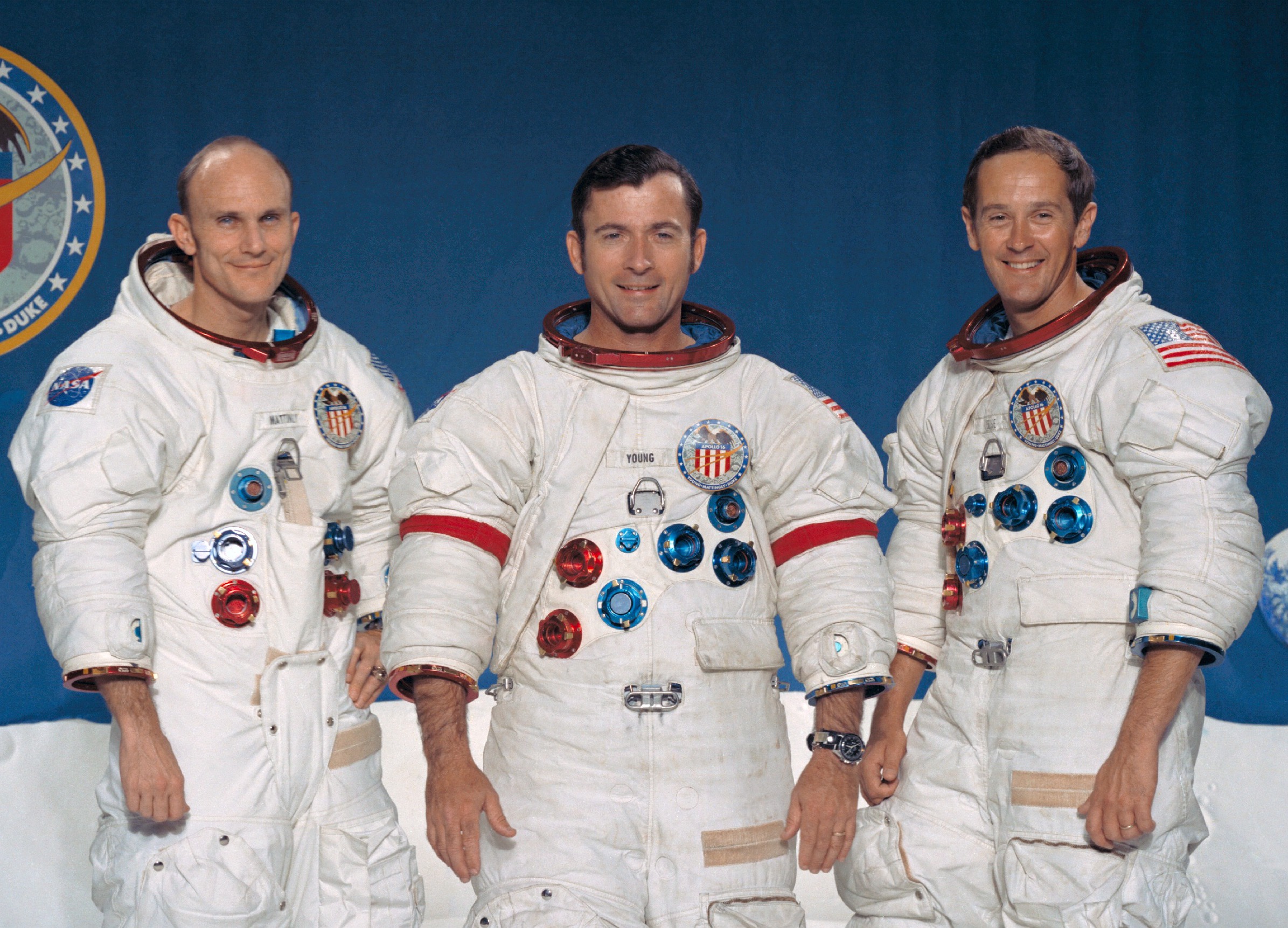
John Young had been a Navy test pilot before being assigned to NASA as an astronaut. He was the pilot for Gemini 3; backup pilot, Gemini 6A; commander, Gemini 10; command module pilot for Apollo 10; backup commander, Apollo 13; and commander, Apollo 16. He retired from the U.S. Navy in 1976 after 25 years of service. He would go on to command the first space shuttle flight, Columbia (STS-1) and then STS-9. He was scheduled to command Atlantis (STS-61-J). John Young retired from NASA in 2004, as one of the world’s most experienced astronauts.
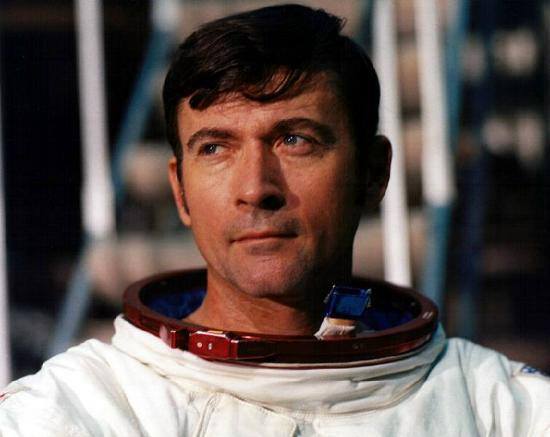
The Saturn V lifted off at T + 000:00:00.59 and quickly accelerated, reaching Mach 1 one minute, 7.5 seconds after launch (T + 01:07.5). The S-IC first stage engines cut off and the stage separated at T + 02:43.5. The S-II stage continued to drive the space craft, and Apollo 16 entered Earth orbit at 18:05:56.21 UTC.
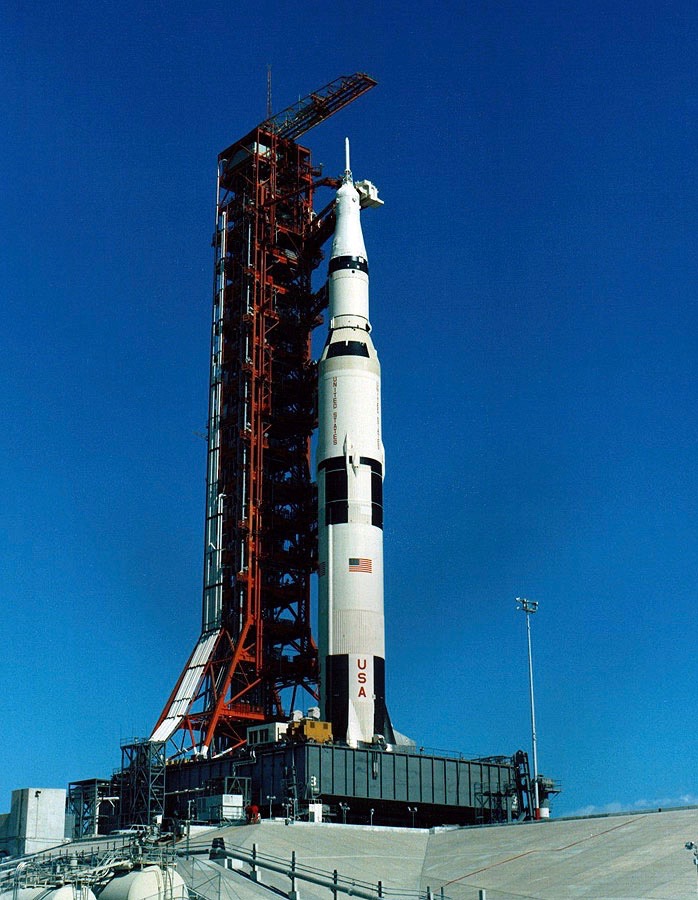
![]() The Saturn V rocket was a three-stage, liquid-fueled heavy launch vehicle. Fully assembled with the Apollo Command and Service Module, it stood 363 feet (110.642 meters) tall. The first and second stages were 33 feet (10.058 meters) in diameter. Fully loaded and fueled the rocket weighed 6,200,000 pounds (2,812,273 kilograms).¹ It could lift a payload of 260,000 pounds (117,934 kilograms) to Low Earth Orbit.
The Saturn V rocket was a three-stage, liquid-fueled heavy launch vehicle. Fully assembled with the Apollo Command and Service Module, it stood 363 feet (110.642 meters) tall. The first and second stages were 33 feet (10.058 meters) in diameter. Fully loaded and fueled the rocket weighed 6,200,000 pounds (2,812,273 kilograms).¹ It could lift a payload of 260,000 pounds (117,934 kilograms) to Low Earth Orbit.
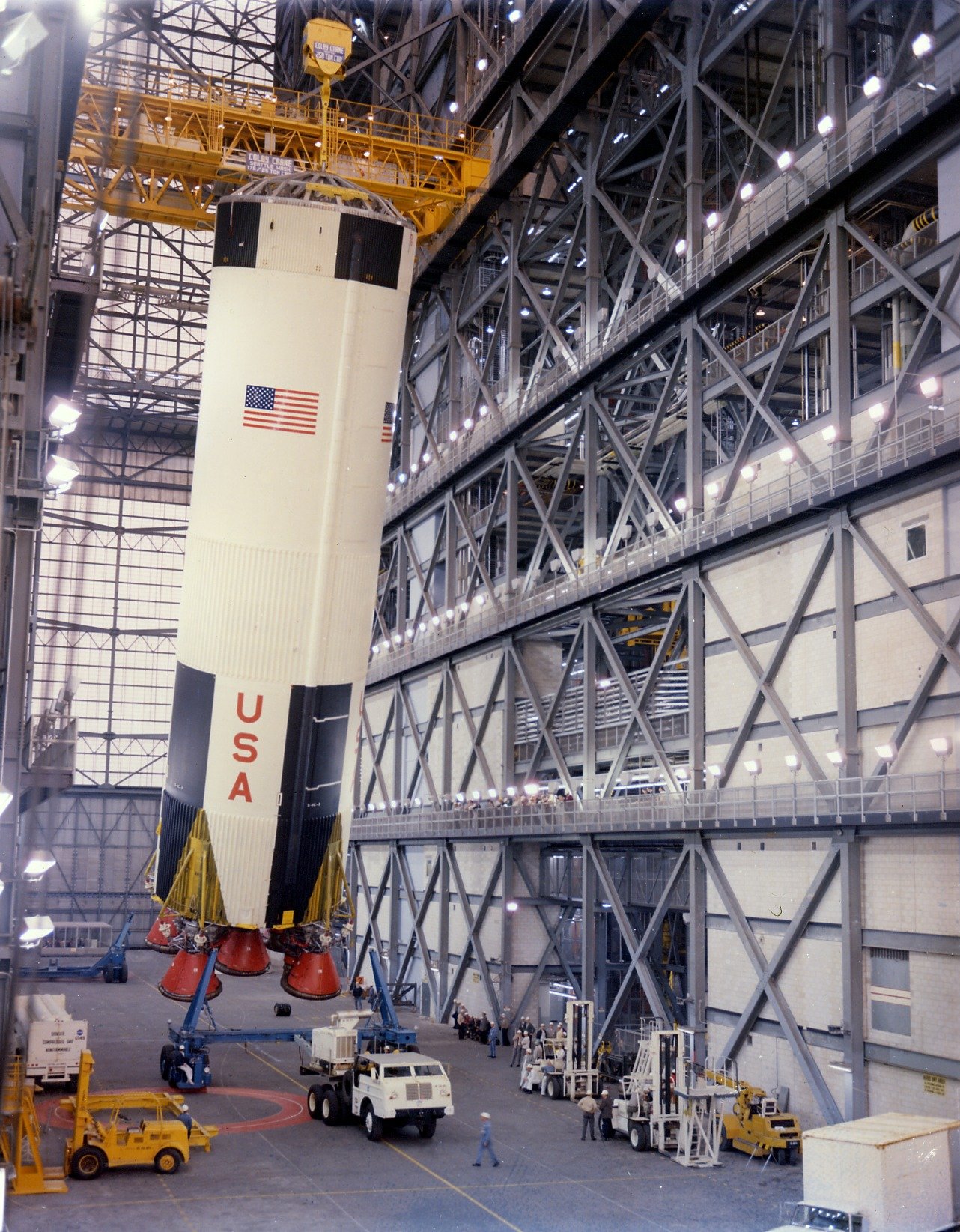
![]() The first stage was designated Saturn S-IC. It was designed to lift the entire rocket to an altitude of 220,000 feet (67,056 meters) and accelerate to a speed of more than 5,100 miles per hour (8,280 kilometers per hour). The S-IC stage was built by Boeing at the Michoud Assembly Facility, New Orleans, Louisiana. It was 138 feet (42.062 meters) tall and had an empty weight of 290,000 pounds (131,542 kilograms). Fully fueled with 203,400 gallons (770,000 liters) of RP-1 and 318,065 gallons (1,204,000 liters) of liquid oxygen, the stage weighed 5,100,000 pounds (2,131,322 kilograms). It was propelled by five Rocketdyne F-1 engines, producing 1,522,000 pounds of thrust, each, for a total of 7,610,000 pounds of thrust at Sea Level. These engines were ignited seven seconds prior to lift off and the outer four burned for 168 seconds. The center engine was shut down after 142 seconds to reduce the rate of acceleration. The F-1 engines were built by the Rocketdyne Division of North American Aviation at Canoga Park, California.
The first stage was designated Saturn S-IC. It was designed to lift the entire rocket to an altitude of 220,000 feet (67,056 meters) and accelerate to a speed of more than 5,100 miles per hour (8,280 kilometers per hour). The S-IC stage was built by Boeing at the Michoud Assembly Facility, New Orleans, Louisiana. It was 138 feet (42.062 meters) tall and had an empty weight of 290,000 pounds (131,542 kilograms). Fully fueled with 203,400 gallons (770,000 liters) of RP-1 and 318,065 gallons (1,204,000 liters) of liquid oxygen, the stage weighed 5,100,000 pounds (2,131,322 kilograms). It was propelled by five Rocketdyne F-1 engines, producing 1,522,000 pounds of thrust, each, for a total of 7,610,000 pounds of thrust at Sea Level. These engines were ignited seven seconds prior to lift off and the outer four burned for 168 seconds. The center engine was shut down after 142 seconds to reduce the rate of acceleration. The F-1 engines were built by the Rocketdyne Division of North American Aviation at Canoga Park, California.
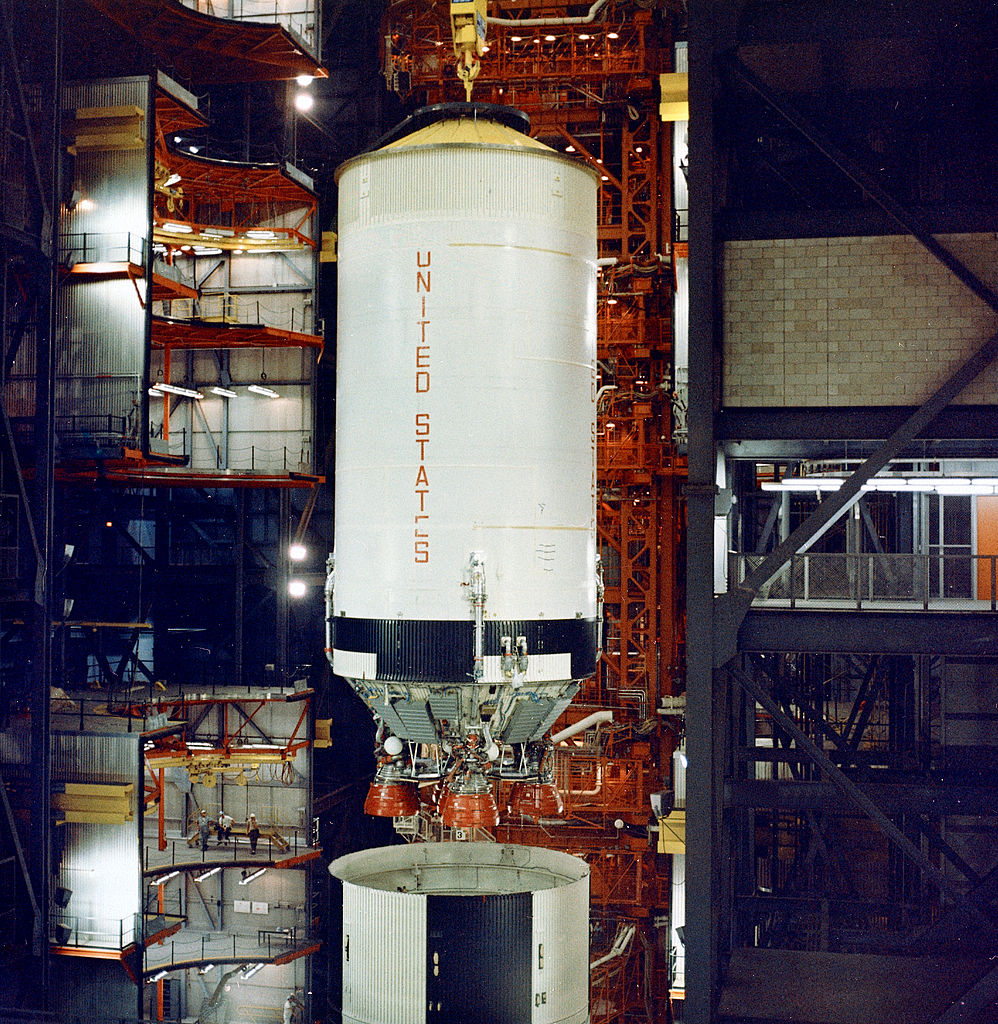
 The Saturn S-II second stage was built by North American Aviation at Seal Beach, California. It was 81 feet, 7 inches (24.87 meters) tall and had the same diameter as the first stage. The second stage weighed 80,000 pounds (36,000 kilograms) empty and 1,060,000 pounds loaded. The propellant for the S-II was liquid hydrogen and liquid oxygen. The stage was powered by five Rocketdyne J-2 engines, also built at Canoga Park. Each engine produced 232,250 pounds of thrust, and combined, 1,161,250 pounds of thrust.
The Saturn S-II second stage was built by North American Aviation at Seal Beach, California. It was 81 feet, 7 inches (24.87 meters) tall and had the same diameter as the first stage. The second stage weighed 80,000 pounds (36,000 kilograms) empty and 1,060,000 pounds loaded. The propellant for the S-II was liquid hydrogen and liquid oxygen. The stage was powered by five Rocketdyne J-2 engines, also built at Canoga Park. Each engine produced 232,250 pounds of thrust, and combined, 1,161,250 pounds of thrust.
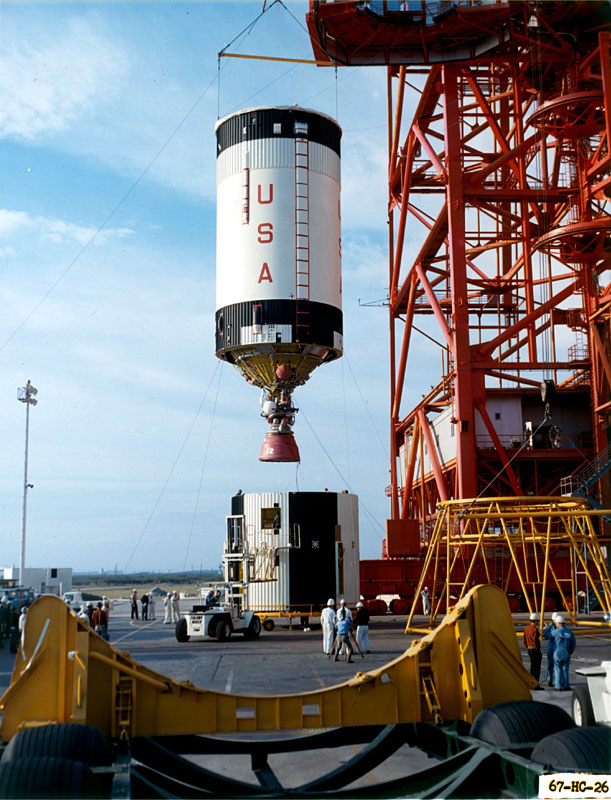
 The Saturn V third stage was designated Saturn S-IVB. It was built by McDonnell Douglas Astronautics Company at Huntington Beach, California. The S-IVB was 58 feet, 7 inches (17.86 meters) tall with a diameter of 21 feet, 8 inches (6.604 meters). It had a dry weight of 23,000 pounds (10,000 kilograms) and fully fueled weighed 262,000 pounds. The third stage had one J-2 engine and also used liquid hydrogen and liquid oxygen for propellant. The S-IVB wou place the Command and Service Module into Low Earth Orbit, then, when all was ready, the J-2 would be restarted for the Trans Lunar Injection.
The Saturn V third stage was designated Saturn S-IVB. It was built by McDonnell Douglas Astronautics Company at Huntington Beach, California. The S-IVB was 58 feet, 7 inches (17.86 meters) tall with a diameter of 21 feet, 8 inches (6.604 meters). It had a dry weight of 23,000 pounds (10,000 kilograms) and fully fueled weighed 262,000 pounds. The third stage had one J-2 engine and also used liquid hydrogen and liquid oxygen for propellant. The S-IVB wou place the Command and Service Module into Low Earth Orbit, then, when all was ready, the J-2 would be restarted for the Trans Lunar Injection.
Eighteen Saturn V rockets were built. They were the most powerful machines ever built by man.
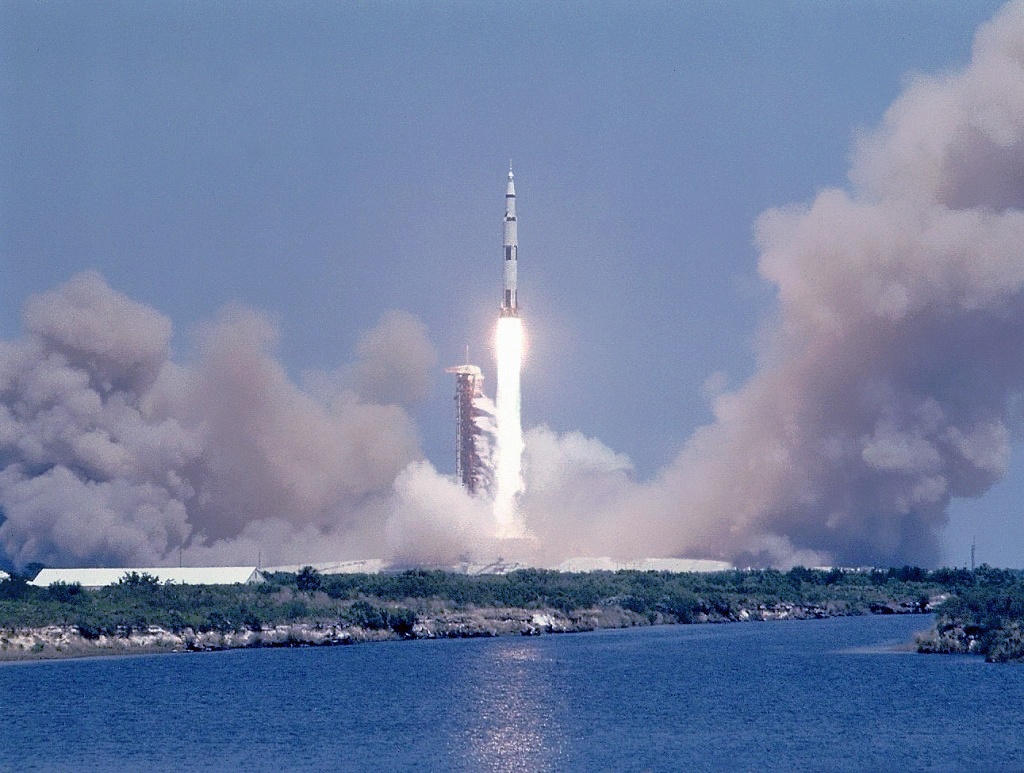
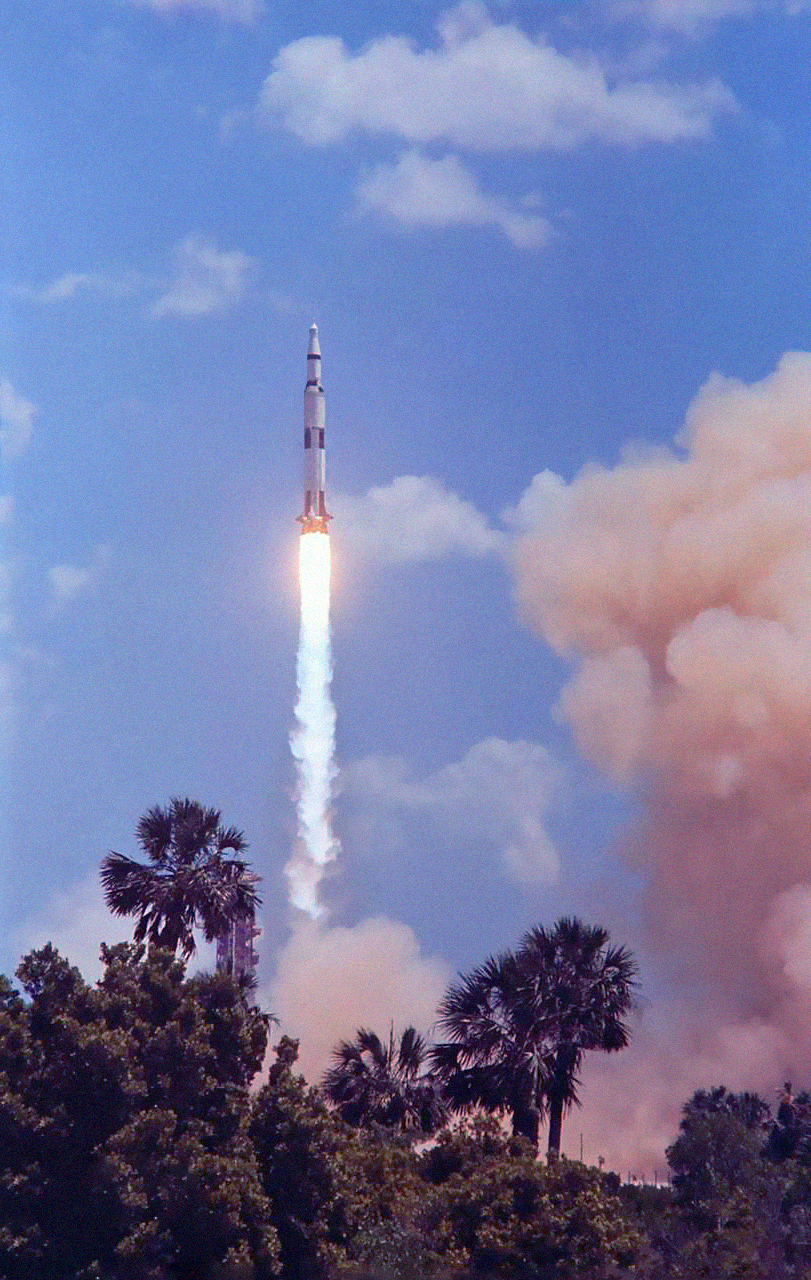
¹ At First Motion (T + 000.00.00.3) the Vehicle Weight of Apollo 16/Saturn V AS-511 was calculated at 6,439,605 pounds (2,920,956 kilograms).
© 2019, Bryan R. Swopes
